
Museums
Directory of university museums
Welcome to the film catalog of university museums. We invite you to discover Polish academic heritage.
Films about Polish university museums are not only treasure troves of knowledge, but also a testament to the history, tradition and scientific development that has shaped Polish science over the centuries. Each film is a separate story about science, research, history and people who have contributed to the development of science and culture in Poland.
In the catalog you will find information about various museums, their collections and exhibitions that will give you a better understanding of the role of the university museum. You can also learn about interesting exhibits that are part of Poland's academic heritage.

Search museum
Our database is a treasure trove of knowledge about university museums, their unique collections that engage both the academic community and the general public. We encourage you to read the film stories of individual museums that contribute to the dissemination of knowledge of Polish academic heritage through their exhibitions, scientific and educational projects and cultural events.
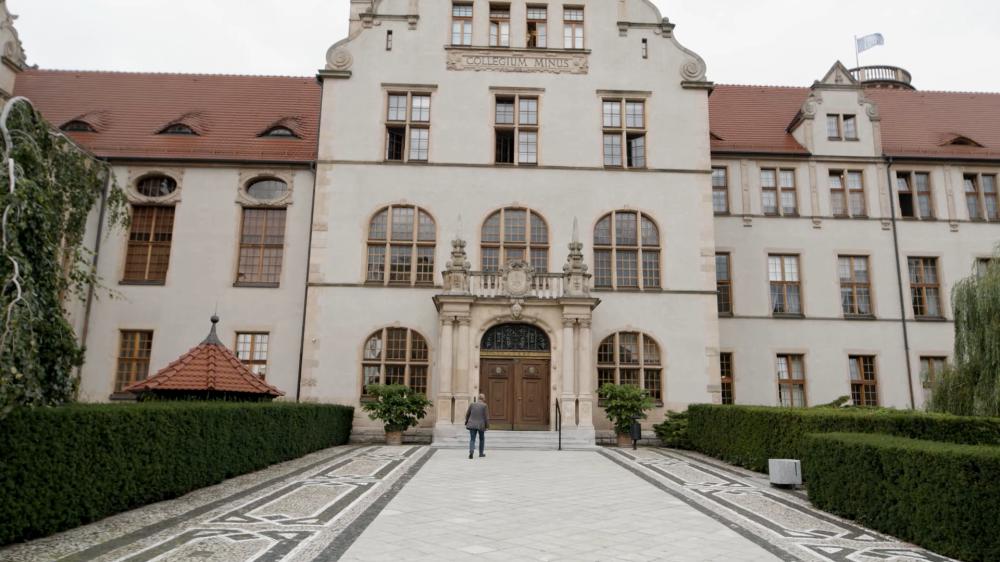

Adam Mickiewicz University Museum in Poznań p.I
Adam Mickiewicz University Museum in Poznań p.I
The Adam Mickiewicz University Museum in Poznań, located in the Collegium Iuridicum, is preparing to open its permanent exhibition. Although it is currently focusing on organizing temporary exhibitions in the Collegium Minus, it already boasts valuable collections, including a copy of Jan Matejko's painting "The Founding of the Lubrański Academy in Poznań," a symbol of the beginnings of academic Poznań.
90 Św. Marcin St. (Collegium Iuridicum)
61-809 Poznan
E-mail: muzeum@amu.edu.pl
Phone: 61 829 47 40
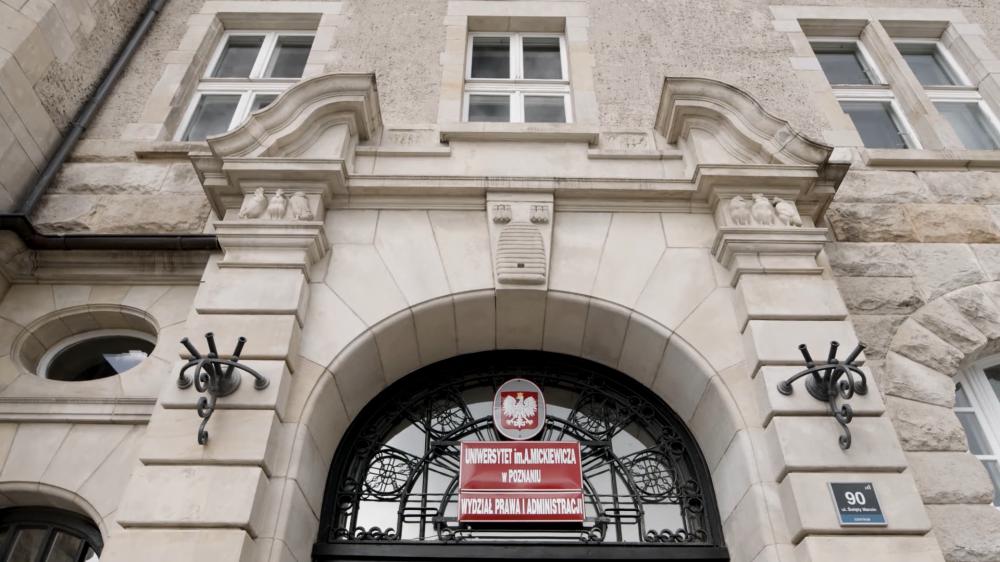

Adam Mickiewicz University Museum in Poznań p.II
Adam Mickiewicz University Museum in Poznań p.II
The permanent exhibition of the Adam Mickiewicz University Museum in Poznań will show the history of the university, its achievements and the present day. Divided into chronological, problem and cross-sectional stations, it will present, among others, the Morasko meteorite, Prof. Kostrzewski's leveler, a collection of microscopes and a model of the university's house on Spitsbergen. The multimedia exhibition highlights the scientific and cultural heritage of the University.
ul. Św. Marcin 90 (Collegium Iuridicum)
61-809 Poznan
E-mail: muzeum@amu.edu.pl
Phone: 61 829 47 40
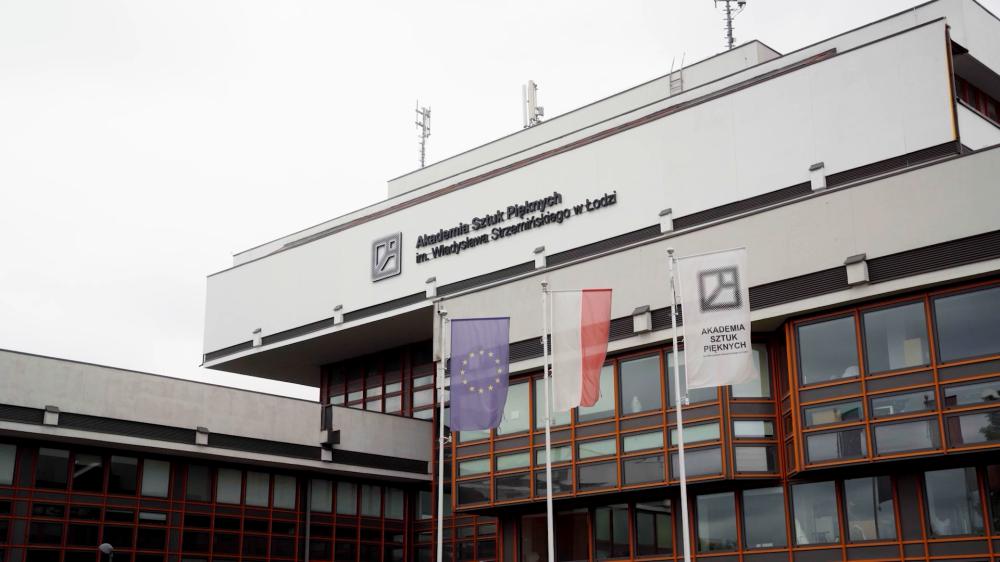

Archives of the Collection of the Academy of Fine Arts in Łódź
Archives of the Collection of the Academy of Fine Arts in Łódź
The exhibition "From Baroque to Abstraction" presents an artistic journey inspired by the methods of Professor Roman Modzelewski, who guided students through the successive stages of the development of European art. Here we discover the influence of the Baroque contrast of light and shadow, Cubist dynamics of movement and the exploration of color in Impressionism and Fauvism. The exhibition shows how the various styles intermingled, leading to the ultimate initiation - abstraction, which is the finale of artistic education. It is a unique story about the evolution of art and its profound influence on contemporary painting.
121 Wojska Polskiego Street
91-726 Łódź
E-mail: lkuk@asp.lodz.pl
Phone: 42 254 74 75
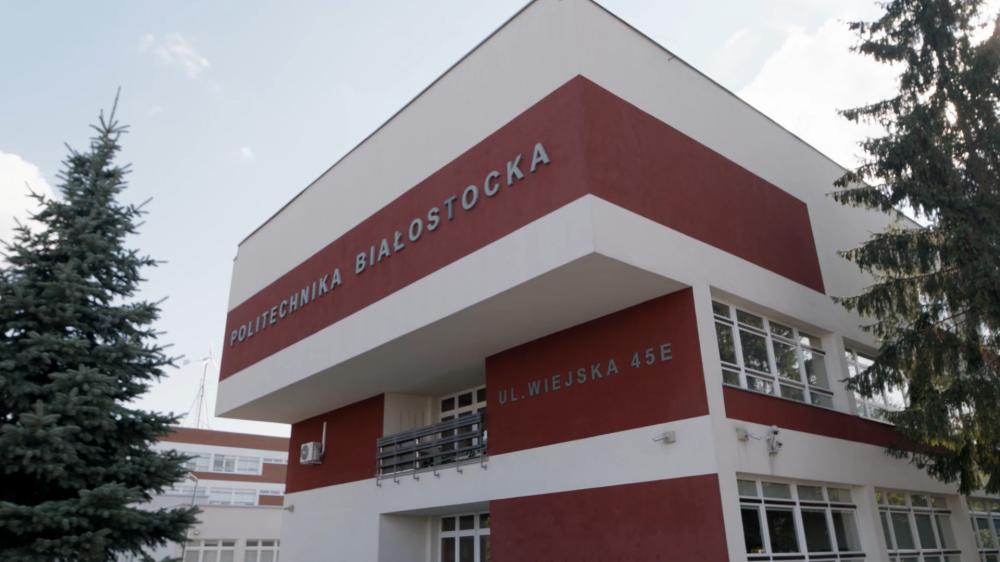

Białystok University of Technology History Center named after Eng. Mirosław Bujanowski
Białystok University of Technology History Center named after Eng. Mirosław Bujanowski
The Białystok University of Technology's History Center is a place where tradition, history and the present of one of Podlasie's largest universities meet. Hundreds of visitors have visited us since we opened during the pandemonium, and our exhibitions - both permanent and temporary - bring the rich heritage of the university closer. We are currently presenting an exhibition dedicated to sculptor Professor Jerzy Grygorchuk, a long-time employee of the university. We invite you to visit the Center and learn more about this unique story!
ul. Wiejska 45C
15-351 Białystok
E-mail: centrumhistorii@pb.edu.pl
Phone: 85 746 91 36
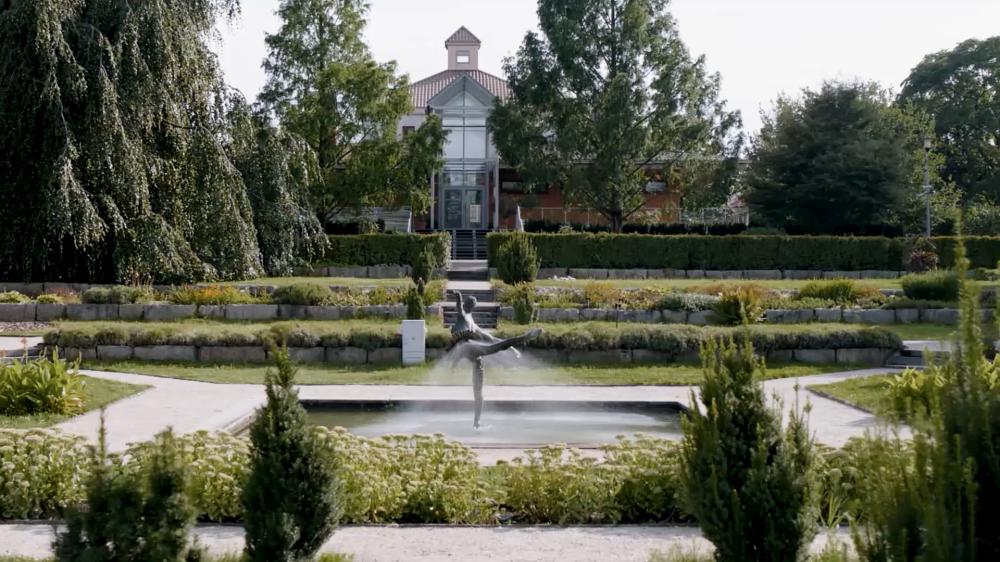

Botanical Garden of Adam Mickiewicz University in Poznań
Botanical Garden of Adam Mickiewicz University in Poznań
The Botanical Garden of Adam Mickiewicz University in Poznań, opened in 1925, now covers 21 hectares. It serves as a place of science and education, implementing projects to protect endangered species and biodiversity. The collection includes thousands of taxa, including the IRK National Collection, and the biggest attraction is the alpine garden with some 1,300 species of plants from mountains around the world. The garden, open year-round, offers free admission, encouraging locals and tourists to discover the beauty of flora.
ul. Dabrowskiego 165
60-594 Poznan
E-mail: botanik@amu.edu.pl
Phone: 61 829 2013
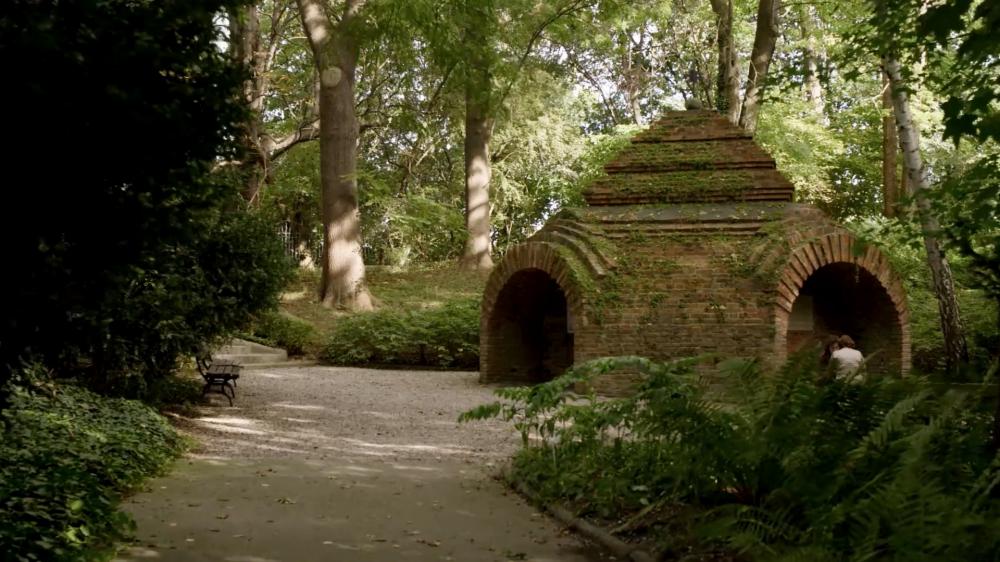

Botanical Garden of the University of Warszawa
Botanical Garden of the University of Warszawa
The Botanical Garden of Warsaw University, founded in 1818 by Prof. Michal Schubert, is a unique "living" museum. It collects more than 5,000 species of plants from all over the world, including some 1,500 tropicals, admired in the garden's greenhouses. In addition to impressive plant collections, the garden has valuable collections, such as the iconotheque of Archbishop Władyslaw Michal Zalewski, with more than 35,000 engravings, and unique photographs by Prof. Roman Kobedza, documenting changes in the garden. It is also a place of historical significance, with national memorabilia, such as a fragment of the base of the Temple of Providence - a testimony to the patriotism of the founders of the May 3 Constitution.
al. Ujazdowskie 4
00-478 Warszawa
E-mail: ogrod@biol.uw.edu.pl
Phone: 22 553 05 11
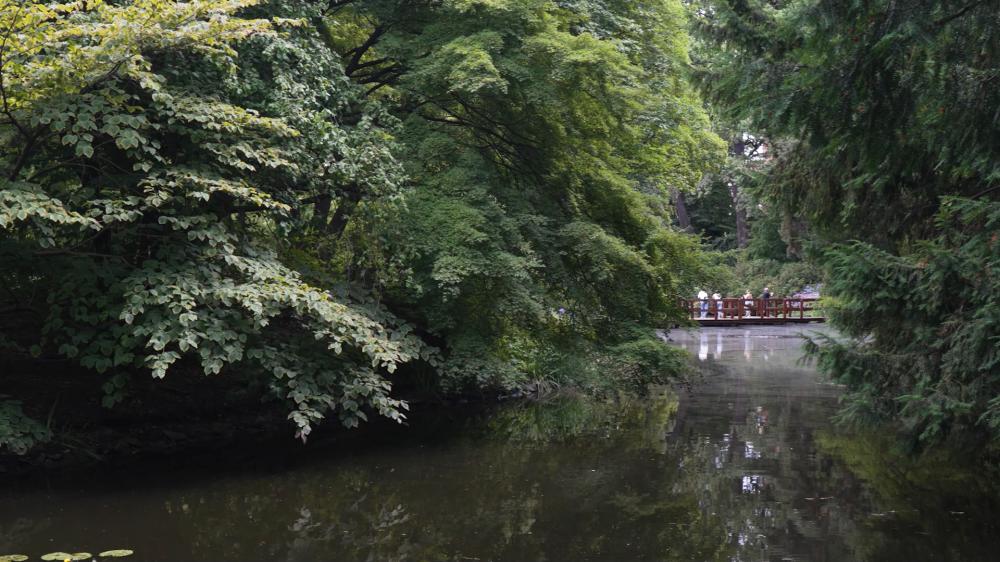

Botanical Garden of the University of Wrocław
Botanical Garden of the University of Wrocław
The Botanical Garden of Wrocław University, founded in 1811, is the second oldest university garden in Poland and the only one in the Recovered Territories, located in the post-fortification area at the foot of the Gothic temples of Ostrów Tumski. Its main value is the preserved fragment of the old river bed of the Oder River and its registration in the register of monuments since 1974. On an area of about 7.5 hectares, about 11,500 plant taxa are exhibited in numerous sections, including an arboretum, educational, paleontological and collections of tropical, aquatic and ornamental plants. The expansion of the garden to include the historic dendrological park in Wojsławice and the incorporation of additional land in 2005 allowed the creation of numerous national collections, including Europe's largest collection of plants of the lilac genus, as well as the organization of numerous outdoor events.
Street. Sienkiewicza 23
50-335 Wrocław
E-mail: ob@uwr.edu.pl
Phone: 71 322 59 57
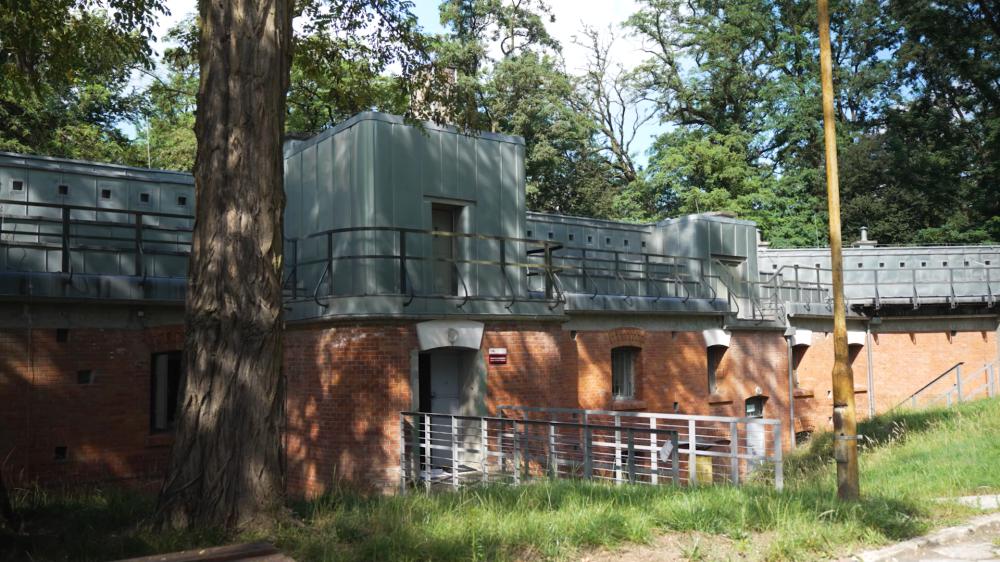

Documentation Center of Resettlement, Expulsion and Displacement of the University of the Commission of National Education in Kraków
Documentation Center of Resettlement, Expulsion and Displacement of the University of the Commission of National Education in Kraków
The CDZWiP is a unit of the University of the Commission of National Education in Kraków, established in 2011. Kraków's Fort Skotniki 52 ½ N at 24 Kozienicka Street, along with the surrounding more than 3 hectares of land, was donated as the Center's headquarters. Inside there is a museum dedicated to the Siberians, especially those who, together with the army under General Władysław Anders, left the USSR in 1942 and traveled the entire route. I invite you to visit the Documentation Center for Deportations, Expulsions and Repatriations, where you can see unique photographs documenting life in Siberia, taken by pre-war photographer Mr. Wituszynski.
ul. Kozienicka 24
30-397 Kraków
E-mail: przymusowemigracje@gmail.com
Phone: 512 861 280
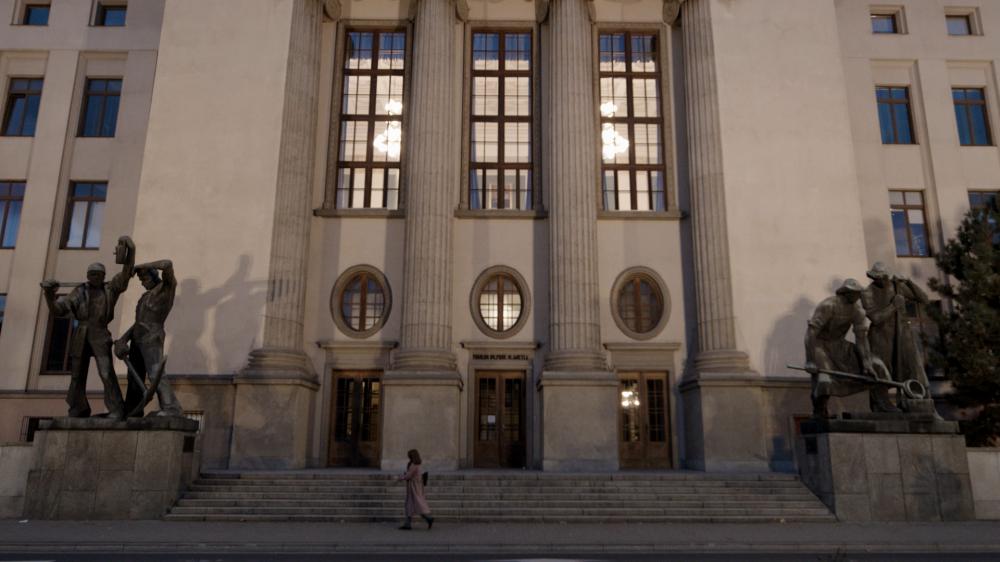

Geological Museum of the Faculty of Geology, Geophysics and Environmental Protection of the Stanisław Staszic Academy of Mining and Metallurgy in Kraków.
Geological Museum of the Faculty of Geology, Geophysics and Environmental Protection of the Stanisław Staszic Academy of Mining and Metallurgy in Kraków.
The Geological Museum of the Faculty of Geology, Geophysics and Environmental Protection at AGH University of Science and Technology in Kraków, founded in 1969, is directly related to the history of the university. It was established to popularize science, and its exhibitions, available in the corridors of the main building, allow anyone to explore geology freely. The museum's collection includes more than 4,000 exhibits, including unique specimens for teaching and research purposes. The museum organizes events such as Open Day, Museum Night and the traditional Mineral Exchange, promoting the idea of accessibility to knowledge for all.
al. Adama Mickiewicza 30
30-059 Kraków
E-mail: muzeumgeologiczne@agh.edu.pl
Phone: 12 617 23 65, 887 706 660
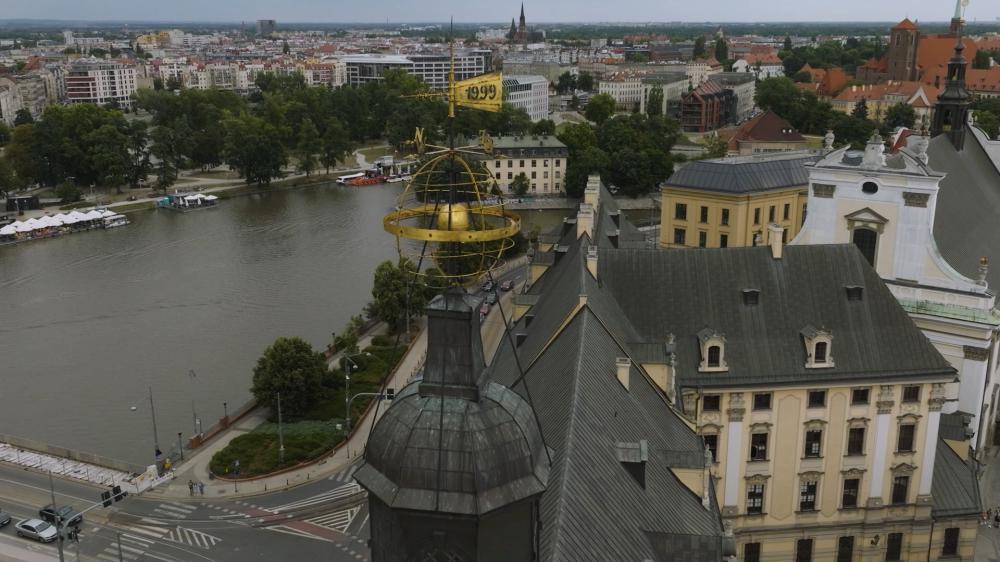

Henryk Teisseyre Geological Museum, Institute of Geological Sciences, University of Wrocław
Henryk Teisseyre Geological Museum, Institute of Geological Sciences, University of Wrocław
The Geological Museum at the Institute of Geological Sciences documents the geological structure of the Sudetenland and presents collections of fossils from around the world, including those related to dinosaurs. The exhibits, both pre-war and post-war, allow one to explore the history of the Earth and geological processes. The museum conducts educational workshops for all ages, allowing interactive learning by touching and examining rocks and fossils. You are cordially invited to discover the secrets of our planet!
ul. Cybulskiego 30
50-205 Wrocław
E-mail: https://ing.uwr.edu.pl/muzeum-geologiczne-im-henryka-teisseyre/
Phone: 71 375 93 27


Hugo Kołłątaj Agricultural University Museum in Kraków p.I
Hugo Kołłątaj Agricultural University Museum in Kraków p.I
The Hugo Kołłątaj Agricultural University Museum in Kraków, established in 1976, documents the history of the university from its beginnings to the present day. The initiative to collect memorabilia, started in the 1970s by Prof. Tadeusz Wojtaszek and Prof. Bolesław Smyk, has resulted in unique collections, such as documents of the 1935 reunion of agricultural graduates. Of particular interest is the exhibition "One Name, One Life," dedicated to commemorating the fallen agricultural students of the Jagiellonian University during the World War. It's a place that combines tradition, historical memory and education.
al. Adama Mickiewicza 24/28
30-059 Kraków
E-mail: danuta.gajewska@urk.edu.pl
Phone: 12 662 42 08
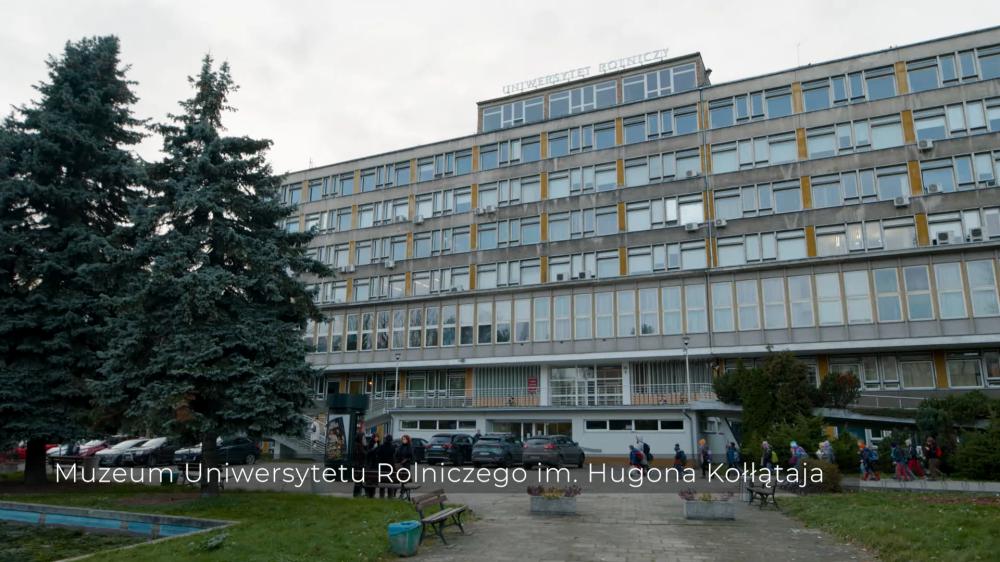

Hugo Kołłątaj Agricultural University Museum in Kraków p.II
Hugo Kołłątaj Agricultural University Museum in Kraków p.II
The Museum of the Agricultural University of Kraków is a place that documents the history of outstanding scientists associated with the Kraków scientific center. Particularly richly documented is the figure of Prof. Kazimierz Rupert, whose fate led from Jagiellonian University, through research in Java, to scientific and social activities in Palestine, Egypt and Great Britain during and after World War II. The museum's collection includes his documents, book collection, photographs and memorabilia, which are still available to researchers and interested parties.
al. Mickiewicza 24/28
30-059 Kraków
E-mail: danuta.gajewska@urk.edu.pl
Phone: 12 662 42 08
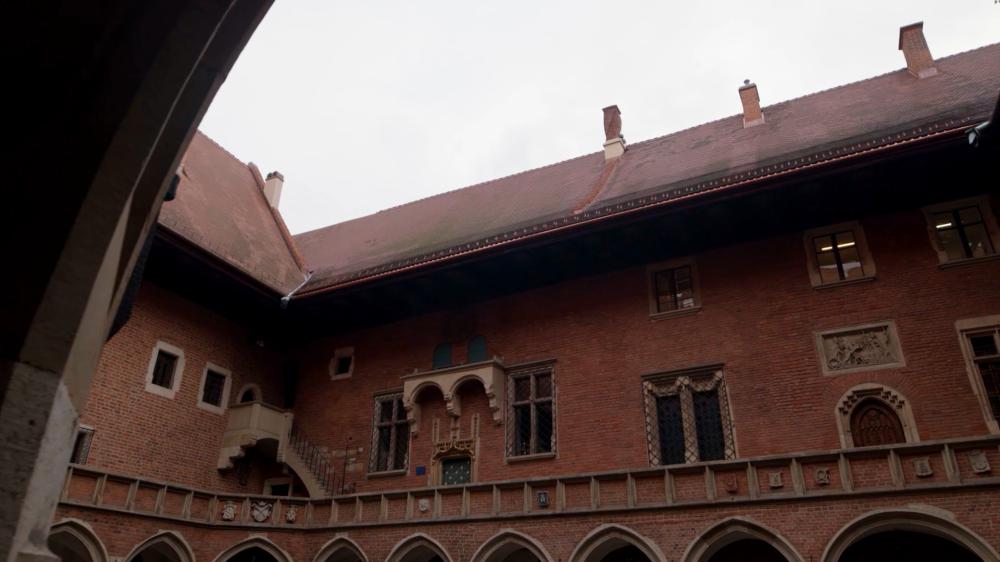

Jagiellonian University Museum - p.I
Jagiellonian University Museum - p.I
The Jagiellonian University Museum, located in the university's oldest building, the Collegium Maius, is a place that has been documenting and popularizing the history of Poland's oldest university since 1947. The exhibition includes a rich collection of scientific instruments, works of art and artifacts related to the history of the university and Kraków's academic tradition. The concept of the main exhibition was developed by Prof. Karol Estreicher-Mlodszy, giving it a unique cultural and scientific context. A guided tour allows one to discover the many threads related to the UJ's heritage and its contribution to science and culture.
Jagiellońska 15 Street
31-010 Kraków
E-mail: collegiummaius.info@uj.edu.pl
Phone: 12 663 15 01, 12 422 05 49
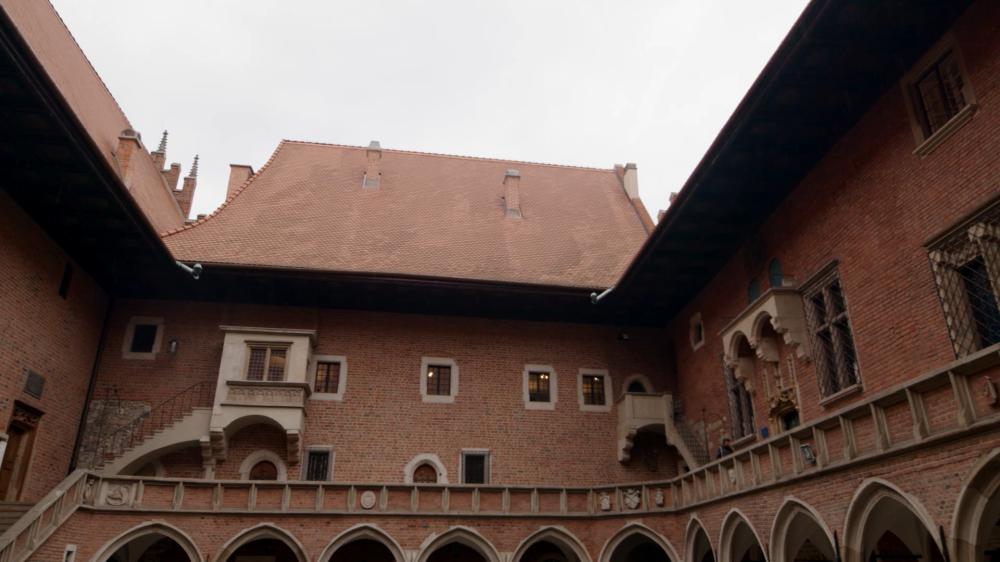

Jagiellonian University Museum - part 2
Jagiellonian University Museum - part 2
The activities of museums and academic collections, both in Poland and around the world, focus on the preservation of tangible objects and intangible traces of memory and scientific achievements. They function as research laboratories, supporting the didactic and scientific process, and becoming spaces for interdisciplinary scientific discussions and interpretations of the past. As part of the national and cultural heritage, academic heritage creates a network of links between universities, local communities and cultures at the continental and global levels. The definition of this heritage is evolving through daily practice, exchange of experiences and cooperation within international networks of museums and academic collections.
Jagiellońska 15 Street
31-010 Kraków
E-mail: collegiummaius.info@uj.edu.pl
Phone: 12 663 15 01, 12 422 05 49
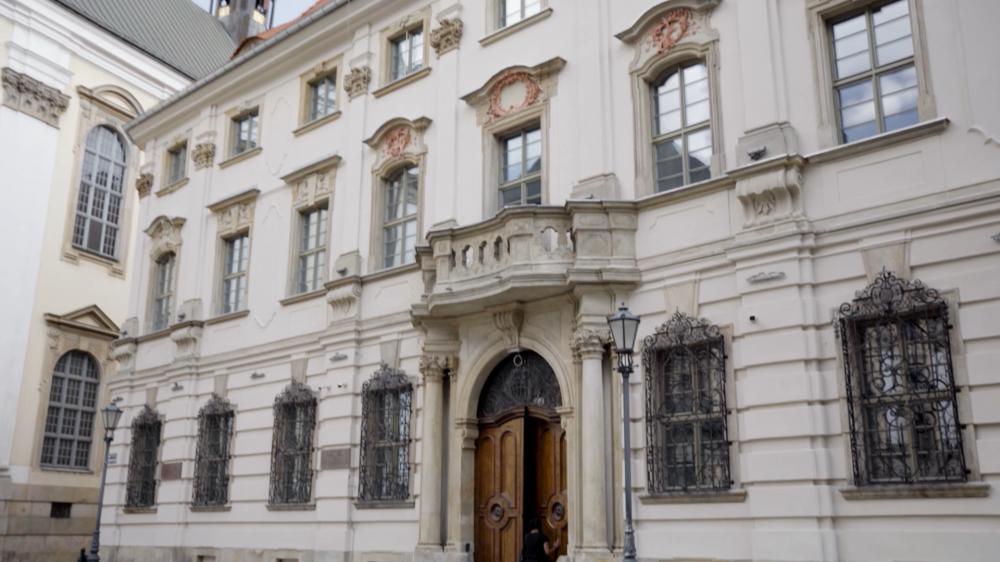

Kazimierz Maślankiewicz Mineralogical Museum of the University of Wrocław p.I
Kazimierz Maślankiewicz Mineralogical Museum of the University of Wrocław p.I
The Mineralogical Museum of Wrocław University, located on one of the city's main cultural and tourist routes, presents the extraordinary world of minerals and rocks. Thanks to the efforts of Professor Michał Sambicki, a branch of the museum was opened in 1994, making the collections available to both students and residents of Wrocław and its visitors. Exhibitions such as "Minerals of Poland" and the collection of precious and decorative stones - the only one of its kind in Poland - show the beauty, diversity and richness of nature. The museum is a reminder of how crucial stones, from iron and salt to precious crystals, have always been to man's material culture and dreams.
ul. Cybulskiego 30
50-205 Wrocław
E-mail: muz.min@uwr.edu.pl
Phone: 71 375 92 06
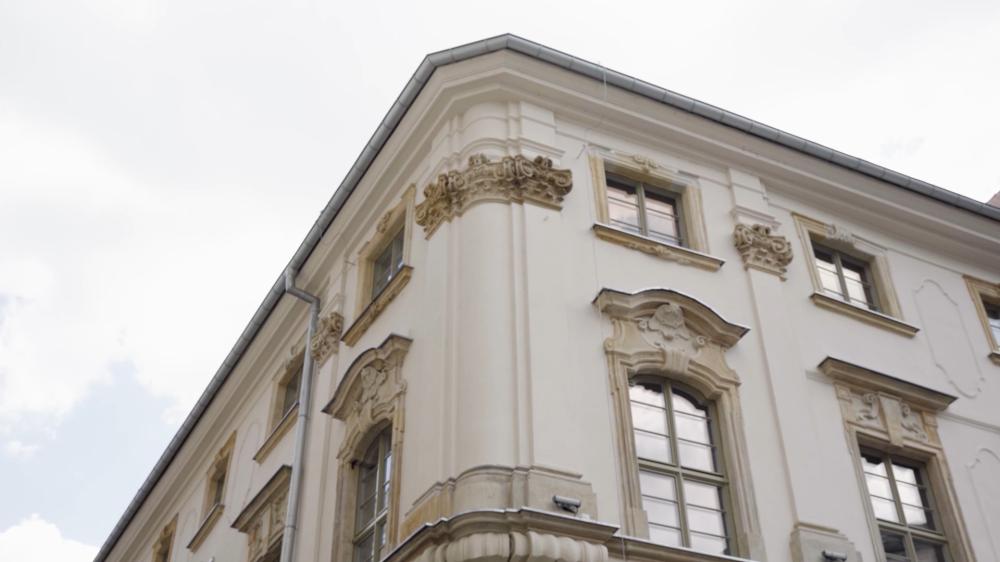

Kazimierz Maślankiewicz Mineralogical Museum of the University of Wrocław p.II
Kazimierz Maślankiewicz Mineralogical Museum of the University of Wrocław p.II
The Mineralogical Museum of the University of Wroclaw invites you to a unique exhibition that takes a closer look at the mysteries of the cosmos and the riches of the Earth. The "Meteorites" exhibition - the first of its kind in Poland - reveals the dramatic beauty of shooting stars, their impact on world history and the questions they continue to raise. The "Holotypes and Cotypes of Minerals" exhibition presents the first specimens of newly discovered minerals, along with the names of their discoverers, recalling landmarks in science. The museum, part of a worldwide network of geological institutions, offers a unique opportunity to learn about the first mineral designations, celebrating their discoveries and discoverers.
ul. Cybulskiego 30
50-205 Wrocław
E-mail: muz.min@uwr.edu.pl
Phone: 71 375 92 06


Łódź University of Technology Museum
Łódź University of Technology Museum
The Łódź University of Technology Museum collects, preserves and provides access to documents and memorabilia related to the history, tradition and activities of the university. Among the exhibits are a fragment of a recreated chemistry laboratory from 1949, the first rector's insignia, such as the toga and scepter, as well as unique equipment, such as a quadrant electrometer belonging to Prof. Alicja Dorabialska, a student of Maria Skłodowska-Curie. The museum also presents the Commemorative Book of Persons of Merit to the Technical University of Łódź, containing biographies of employees who had a special impact on the development of the university. It is a unique place that combines the past with education and innovation.
116 Stefan Żeromski Street
90-924 Łódź
E-mail: muzeum@adm.p.lodz.pl
Phone: 42 631 20 76
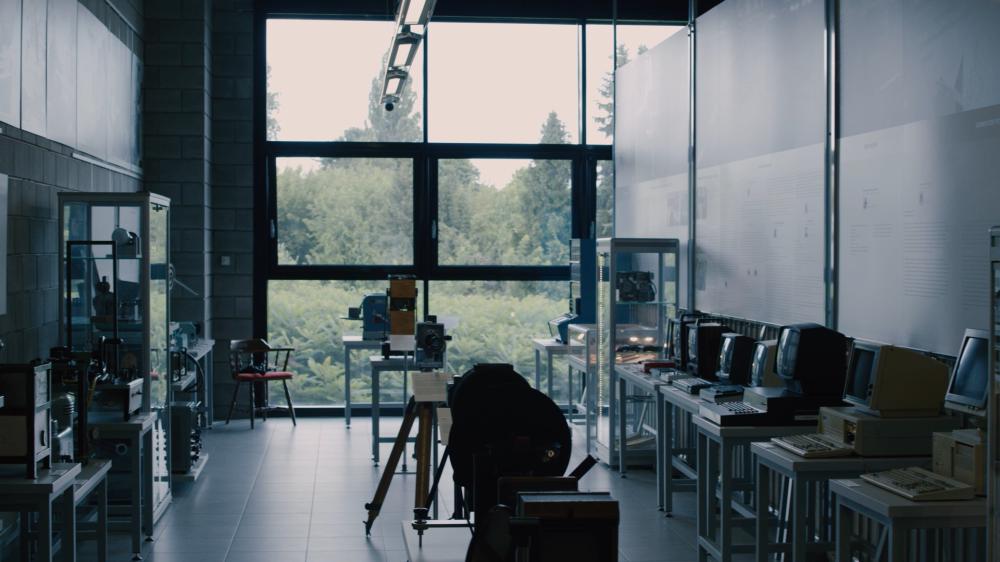

Lublin University of Technology Museum
Lublin University of Technology Museum
The Lublin University of Technology Museum, located in the Center for Innovation and Advanced Technology, presents a rich collection documenting the history of the university and the development of technology. Among the exhibits are archival photographs, historical equipment, and a unique mathematics textbook by Professor Antoni Łomnicki. We organize numerous temporary exhibitions and educational activities for children. You are cordially invited to visit our exhibition!
ul . Nadbystrzycka 36 C
20-618 Lublin
E-mail: muzeum@pollub.pl
Phone: 81 538 48 40


Museum of Forensic Science of the Faculty of Law and Administration of the University of Gdańsk
Museum of Forensic Science of the Faculty of Law and Administration of the University of Gdańsk
The Forensic Science Museum of the Faculty of Law and Administration at the University of Gdańsk, the only facility of its kind in Poland, documents crime and the history of forensic science. Exhibits feature physical evidence from high-profile cases, including a section devoted to serial killer Pavel Tuchlin "Scorpion." The museum also showcases a collection of firearms, burglary tools, police uniforms from around the world and materials relating to Danzig disasters. The exhibits, such as a converted pistol and a self-built flamethrower, show how diverse and intriguing forensics is. Come and discover the secrets of the past at this unique museum.
ul. Jana Bażyńskiego 6
80-309 Gdańsk
E-mail: muzeum@prawo.ug.edu.pl
Phone: 58 523 29 01
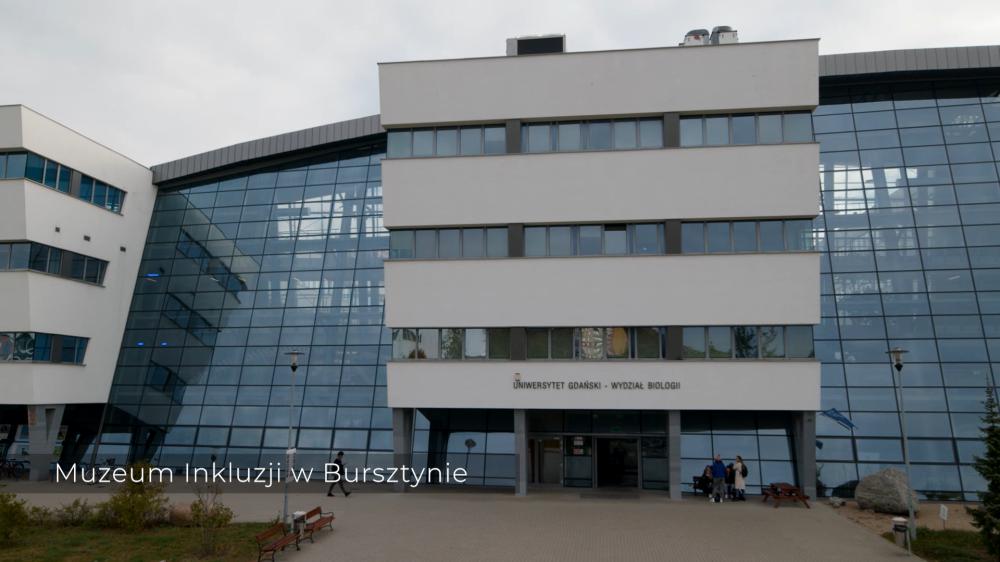

Museum of Inclusion in Amber, Department of Biology, University of Gdańsk p.I
Museum of Inclusion in Amber, Department of Biology, University of Gdańsk p.I
The Museum of Inclusions in Amber at the Faculty of Biology at the University of Gdańsk is a unique place to discover life fixed in resin from millions of years ago, including Baltic amber dating back some 45 million years. Unlike traditional museums, the heart of the facility is a laboratory where scientists study and discover unusual inclusions, combining natural history with modern science. The museum combines research, discovery and conservation, revealing the fascinating world of the ancient amber forests of Northern Europe. This is a unique journey through time that will delight any nature and science lover.
Department of Invertebrate Zoology and Parasitology, Faculty of Biology, University of Gdańsk
ul. Wita Stwosza 59
80-308 Gdańsk
E-mail: bursztyn@ug.edu.pl
Phone: 58 523 61 87, 58 523 61 80
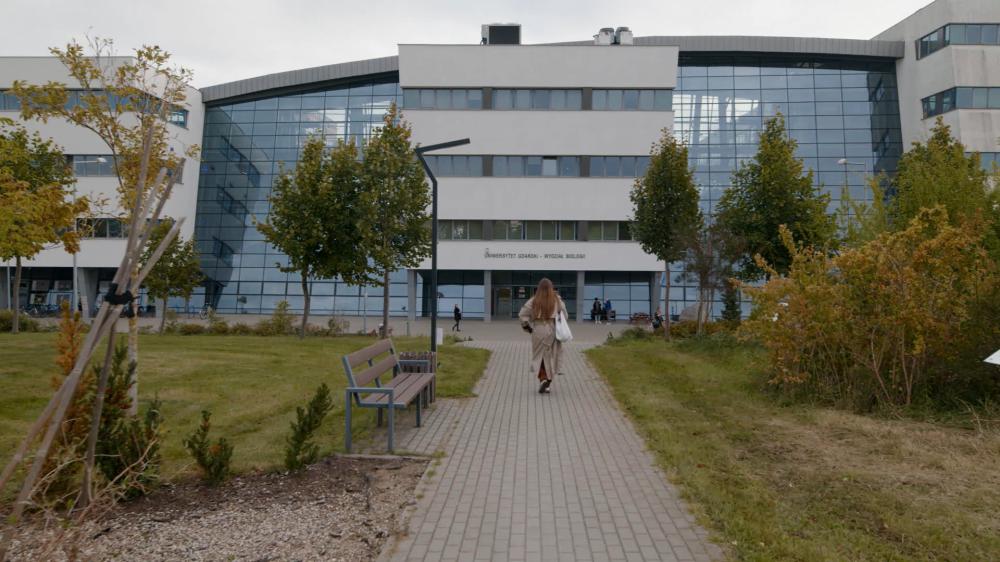

Museum of Inclusion in Amber, Department of Biology, University of Gdańsk p.II
Museum of Inclusion in Amber, Department of Biology, University of Gdańsk p.II
The exhibition "Life in the Amber Forest"; at the Faculty of Biology of the University of Gdańsk, is a unique place to discover the world embedded in amber - from animal to plant inclusions. The exhibition includes unique exhibits, such as mussel shells in Mexican amber or rare arachnids associated with dry environments. The exhibition shows the process of amber formation, its natural appearance, as well as inclusions preserved over millions of years. Thanks to a mobile app, the tour is available without a guide, and the whole is the only place of its kind in Poland.
Department of Invertebrate Zoology and Parasitology, Faculty of Biology, University of Gdansk
ul. Wita Stwosza 59
80-308 Gdańsk
E-mail: bursztyn@ug.edu.pl
Phone: 58 523 61 87, 58 523 61 80
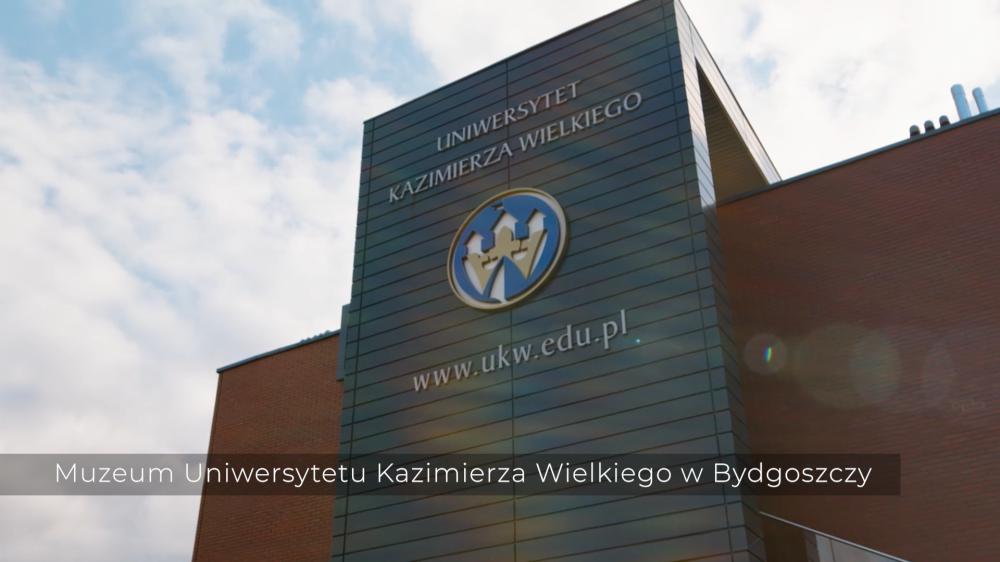

Museum of Kazimierz Wielki University in Bydgoszcz
Museum of Kazimierz Wielki University in Bydgoszcz
The Kazimierz Wielki University Museum in Bydgoszcz, located in the UKW Library, documents and presents the university's more than 50-year history and cultural heritage. The permanent exhibition includes, among other things, rector's insignia, banners and personal memorabilia of Wojciech Weiss, including his antique piano, which can be admired in the atmospheric Weiss Salon. The museum also promotes student culture of the 1960s, 1970s and 1980s, displaying collections related to the activities of clubs such as the famous Beanus Club. It's a unique place that combines UKW's academic, artistic and social history into one fascinating story.
3 Karola Szymanowskiego St.
85-074 Bydgoszcz
E-mail: muzeum.uniwersyteckie@ukw.edu.pl
Phone: 52 32 66 448
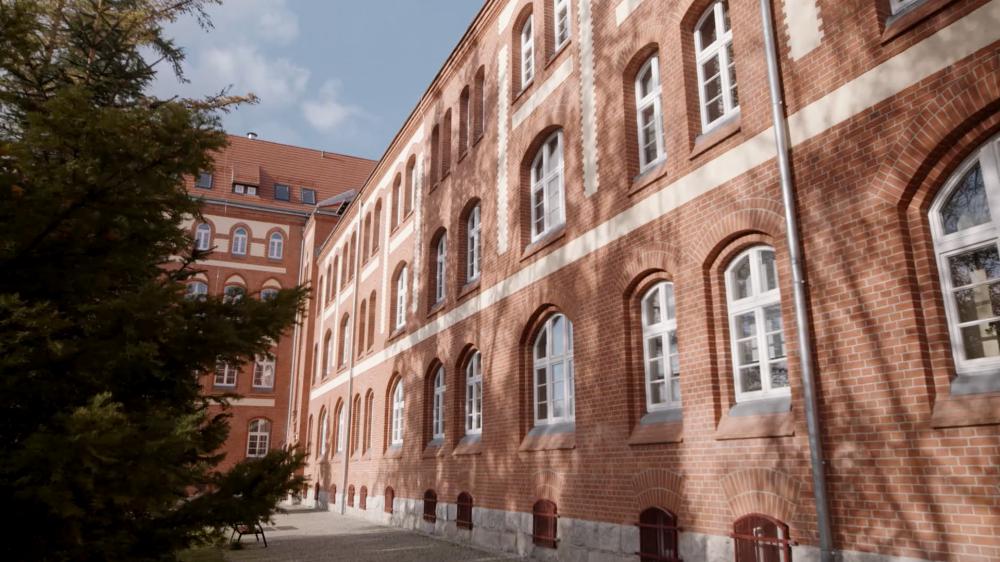

Museum of Olympism at the University of Szczecin
Museum of Olympism at the University of Szczecin
The Museum of Olympism at the University of Szczecin commemorates the achievements of Olympic athletes, coaches and sports referees associated with the university. The collection contains unique memorabilia donated by alumni, staff and students. It's a place where sports history meets academic tradition. Watch the video and discover the remarkable stories of our champions!
Al. Piastów 40b, building 6
71-065 Szczecin
E-mail: muzeum.olimpizmu@usz.edu.pl
Phone: 91 444 26 27
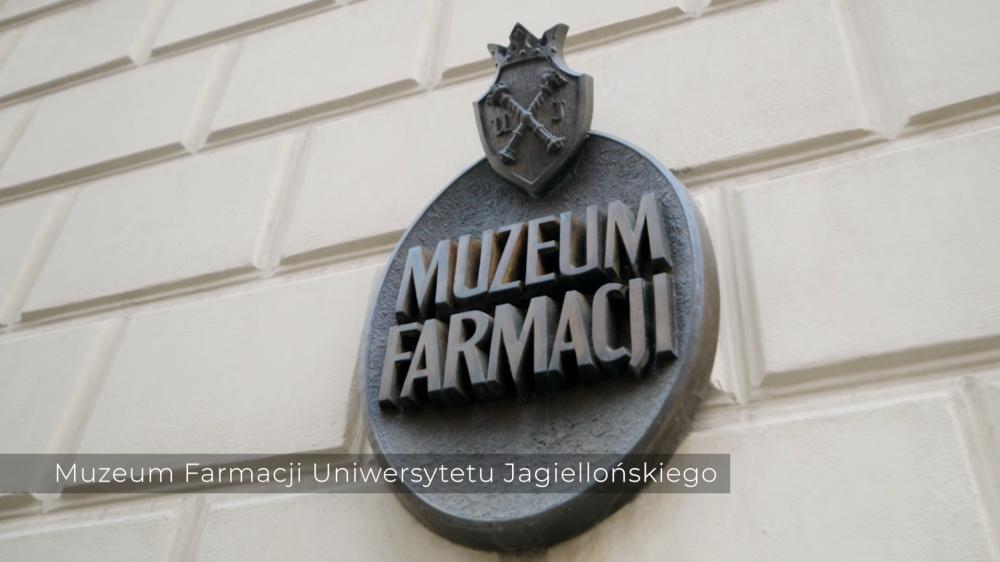

Museum of Pharmacy of the Jagiellonian University Collegium Medicum in Kraków
Museum of Pharmacy of the Jagiellonian University Collegium Medicum in Kraków
The Museum of Pharmacy of the Jagiellonian University Collegium Medicum in Kraków, located in a historic building on Florianska Street, delights with its rich history and unique exhibits. On five levels you can see reconstructions of pharmacies in Neo-Baroque, Biedermeier and Empire styles, as well as Gothic cellars with laboratories and ancient medicinal raw materials. Among the unique collections are memorabilia of the first female pharmacists and a room dedicated to Ignacy Lukasiewicz, the pioneer of the oil industry. The museum combines the history of pharmacy with education and research, inviting visitors to discover a fascinating medical heritage.
ul. Florianska 25
31-019 Kraków
E-mail: mf1@mp.pl
Phone: 12 421 92 79, 12 422 42 84
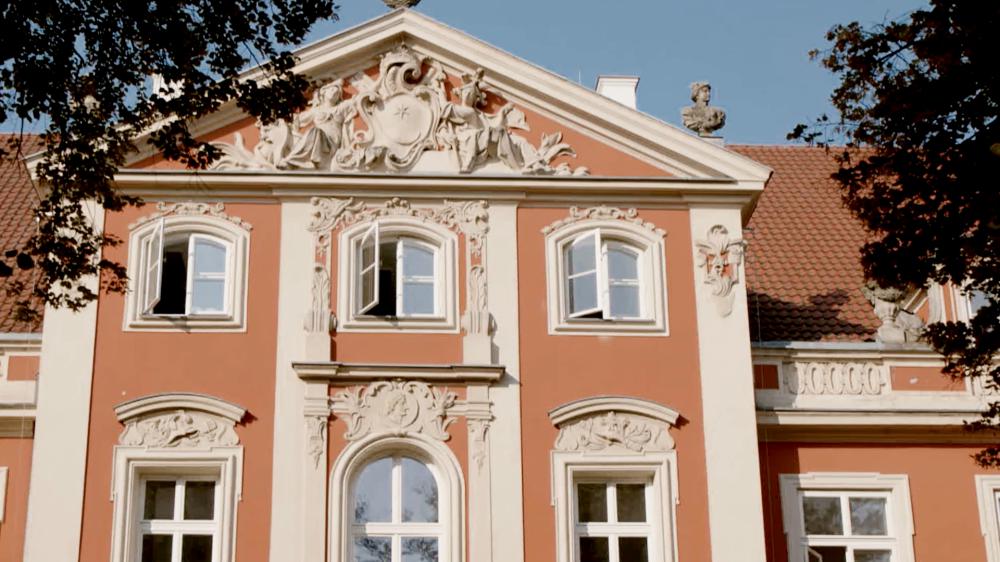

Museum of the Academy of Fine Arts in Warszawa p.I
Museum of the Academy of Fine Arts in Warszawa p.I
The Academy of Fine Arts Museum was established in 1985. The main part of the collection dates back to 1958-1985, when the so-called Gallery (also known as the Archive) of student works operated, collecting examples of course and diploma works. The collection continues to be supplemented, including works by teaching artists associated with the Academy. At present, the collection of the Academy of Fine Arts Museum has about 27,000 objects. They represent almost all areas of artistic creation: painting, sculpture and spatial objects, workshop and applied graphics, illustration and book graphics, drawing, posters, artistic crafts: textiles, ceramics, furniture, industrial design, architectural design, documentation of the teaching process, and finally documentation of artistic actions. The museum also houses numerous sets of archival materials, including photographs, audio and video recordings and other documents related to the persons of the pedagogues and the life of the university.
Krakowskie Przedmieście 5
00-068 Warszawa
E-mail: muzeum@asp.waw.pl
Phone: 22 320 02 05


Museum of the Academy of Fine Arts in Warszawa p.II
Museum of the Academy of Fine Arts in Warszawa p.II
Lech Tomaszewski played a key role in the history of the Warsaw Academy of Fine Arts, combining engineering with art and introducing innovative design solutions. His research into the structure of crystals led to the discovery of a unique spatial lattice whose edges do not enclose any form, which distinguishes it from classical crystal structures. Although the original object did not survive, its reconstruction by Robert Nazimek was presented in 2018 at the exhibition "Unspeakable Space" at the Zachęta Gallery.
Krakowskie Przedmieście 5
00-068 Warszawa
E-mail: muzeum@asp.waw.pl
Phone: 22 320 02 05
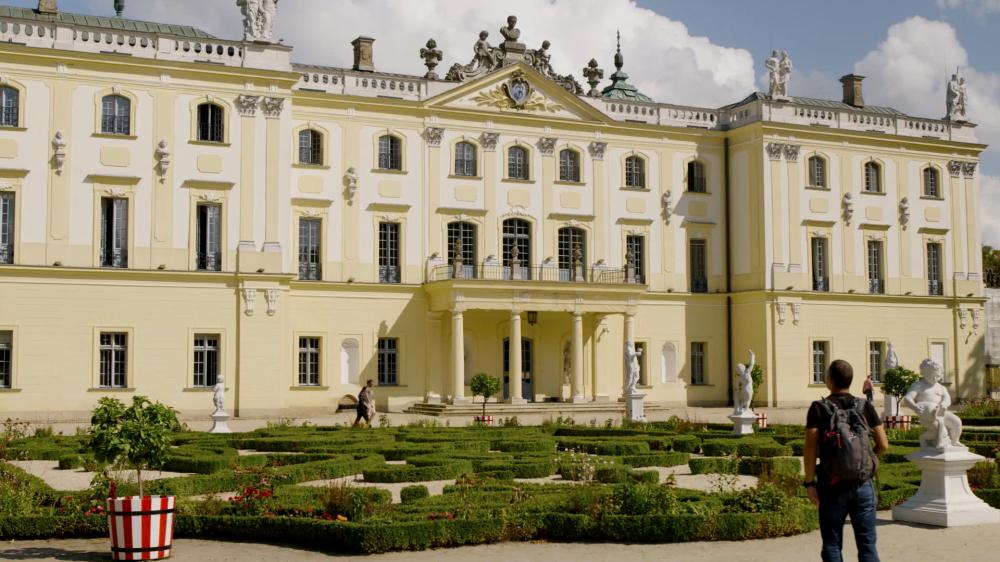

Museum of the History of Medicine and Pharmacy of the Medical University of Białystok
Museum of the History of Medicine and Pharmacy of the Medical University of Białystok
The Museum of the History of Medicine and Pharmacy at the Medical University of Białystok was established in May 2011. Since the beginning, it has been located in the Branicki Palace - the main seat of the Medical University of Białystok. The facility presents extraordinary exhibits related to the history of medicine since the 18th century, including artifacts brought from Africa by Prof. Tadeusz Dzierżykray-Rogalski - a pioneer of Polish medical anthropology. The museum offers a glimpse into the fascinating history of the site, from the Institute of Acoustics to a German field hospital during World War I. You are cordially invited to discover these unique stories in the unique setting of the Branicki Palace.
Jana Kilińskiego St. 1
15-089 Białystok
E-mail: muzeum@umb.edu.pl
Phone: 85 748 54 67, 748 54 05


Museum of the History of Medicine of the Medical University of Warszawa
Museum of the History of Medicine of the Medical University of Warszawa
The Museum of the History of Medicine at Warszawa Medical University, established in 2011 on the initiative of Prof. Marek Krawczyk, gathers more than 4,000 exhibits illustrating the rich history of one of the oldest medical universities in Poland, whose origins date back to 1809. It is a place full of inspiring stories waiting to be discovered by those passionate about medicine and its history.
WUM Library and Information Center
63 Żwirki i Wigury St.
02-091 Warszawa
E-mail: muzeum@wum.edu.pl
Phone: 22 116 60 19
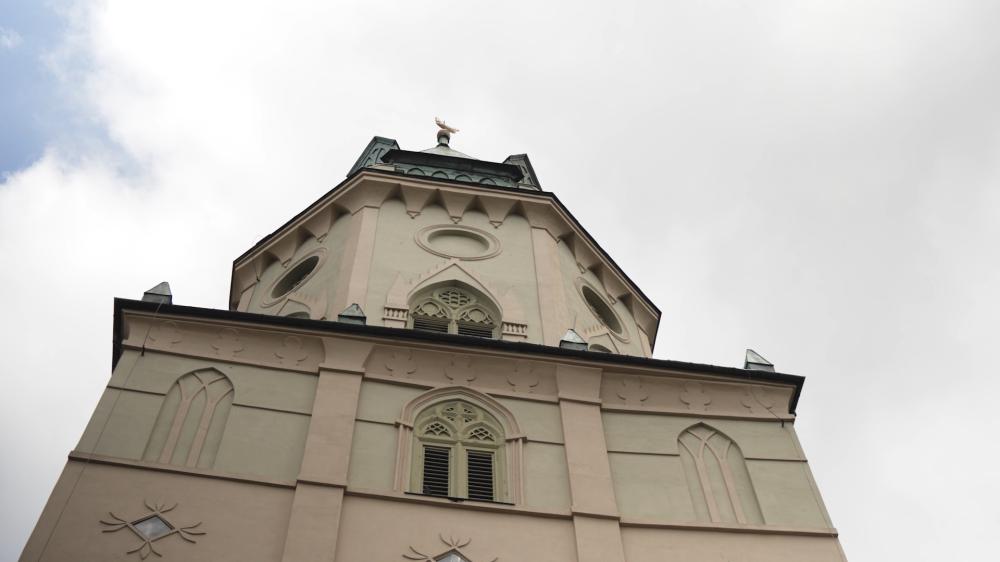

Museum of the John Paul II Catholic University of Lublin
Museum of the John Paul II Catholic University of Lublin
The Museum of the Catholic University of America presents a rich collection of sacred art, European and Polish paintings from the Middle Ages to the present. Recent acquisitions include donations by Alicja Zadziorko and a collection of works by Halina Korngold. Currently, the exhibition of the Museum of the Catholic University of Lublin is located in the Trinity Tower of the Museum of the Archdiocese of Lublin. It is a place where history and art are intertwined in a unique story. We invite you to visit our exhibition and discover these extraordinary collections.
Racławickie Avenue 14
20-950 Lublin
E-mail: muzeum@kul.pl
Phone: 81 445 40 29
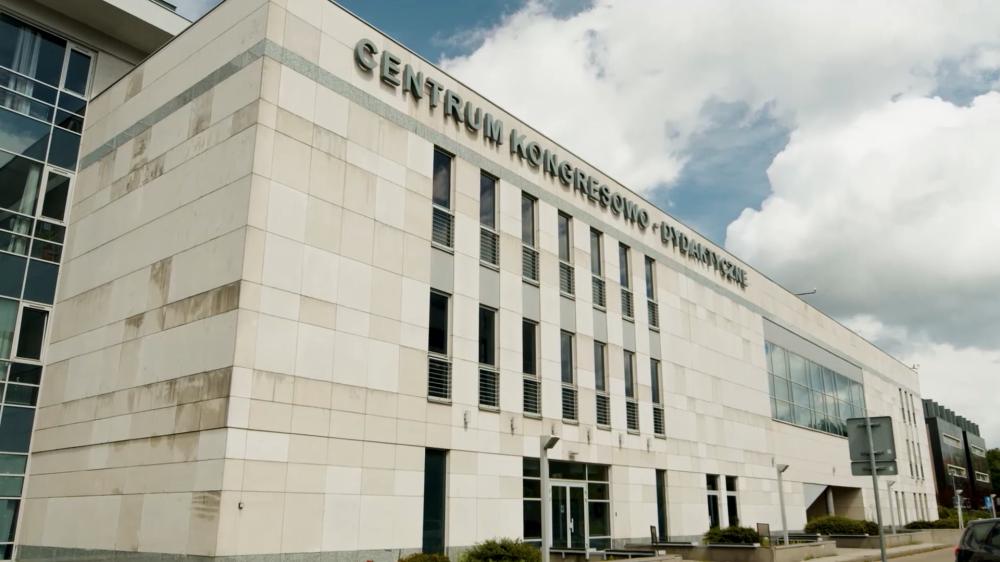

Museum of the Karol Marcinkowski Medical University in Poznań
Museum of the Karol Marcinkowski Medical University in Poznań
The museum collects items related to the history of the Poznan medical school and its prominent representatives, as well as the development of medicine and pharmacy. The exhibits are divided by field (surgery, ENT, ophthalmology, anesthesiology, etc.) and into painting, photography, sculpture, documents, medals and varia. The collection has 2,500 exhibits, and includes objects donated by the University's departments, facilities and clinics, as well as items donated by private individuals.
70 Bukowska St.
60-812 Poznan
E-mail: muzeum@ump.edu.pl
Phone: 61 854 71 21 (Muzeum)
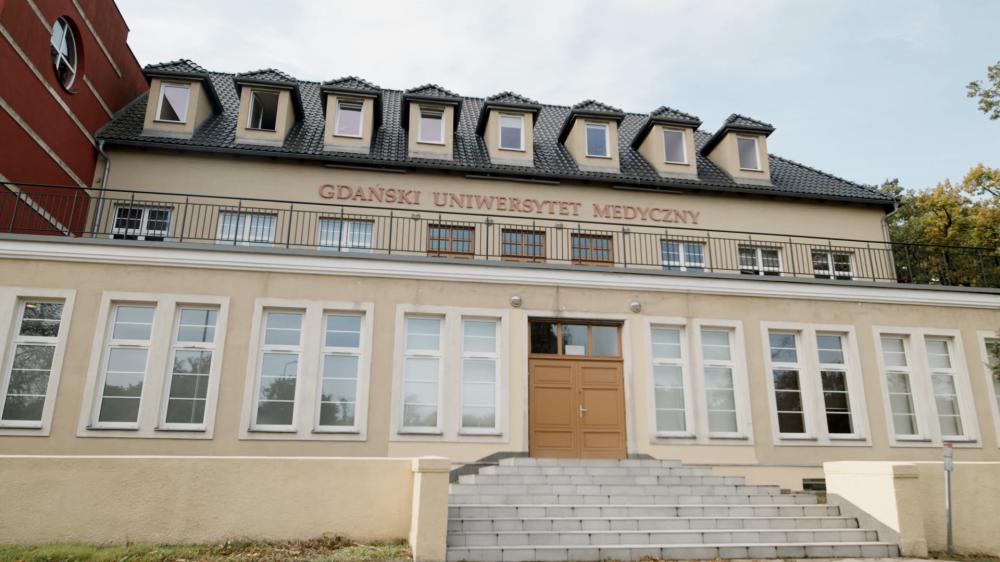

Museum of the Medical University of Gdańsk p.I
Museum of the Medical University of Gdańsk p.I
The Museum of the Medical University of Gdańsk, located in the historic Staromat building, documents the history of the university from its founding in 1945 to the present day, highlighting its importance as one of Poland's leading medical universities. An important exhibit is the commemorative book of the Vilnius, Gdańsk and Kraków Surgical Clinics, founded in 1923 by prominent surgeon Bronisław Kader, which illustrates the development of Polish surgery over the years. The museum combines Vilnius tradition with the broad history of medicine, presenting unique collections and stories. We invite you to discover this fascinating journey through the history of Polish medicine.
al. Zwycięstwa 41/42
80-210 Gdańsk
E-mail: muzeum@gumed.edu.pl
Phone: 58 349 14 46


Museum of the Medical University of Gdańsk p.II
Museum of the Medical University of Gdańsk p.II
In the autumn of 1980, at a time of crisis in the health service and the ongoing "Solidarity carnival," medical workers went on a nationwide strike in an effort to improve the quality of medical services. The strike by students of the Medical Academy in Gdańsk became a symbol of solidarity, with the demand for the creation of an independent student organization. The strike, which gathered 2,000 participants, was attended by professors, artists and activists, and the events were captured in Marek Nowakowski's photographs, which were returned to Gdańsk and the museum years later. The exhibition presents fragments of the past that show the youth of the participants and the different world of those times.
al. Zwycięstwa 41/42
80-210 Gdańsk
E-mail: muzeum@gumed.edu.pl
Phone: 58 349 14 46
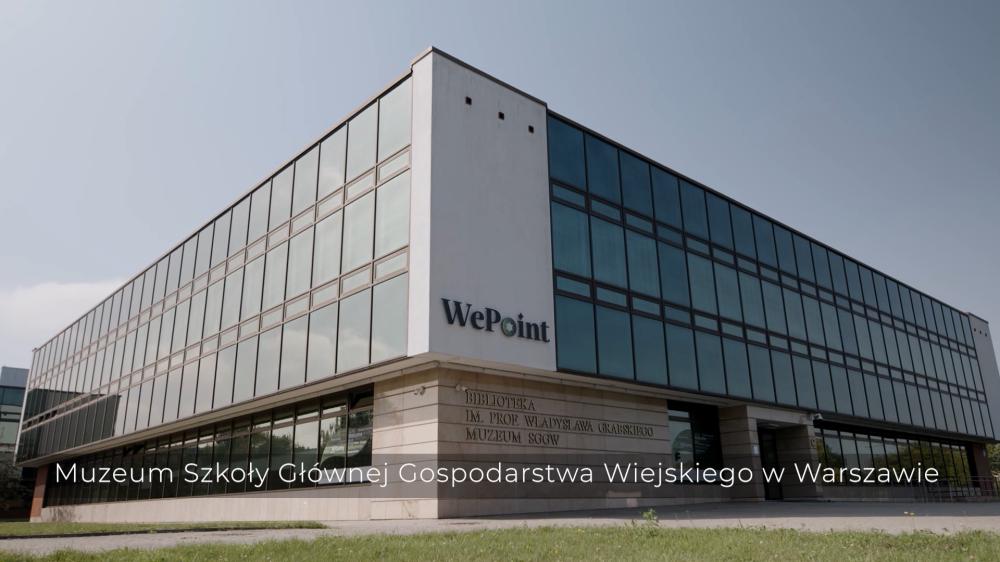

Museum of the Warszawa University of Life Sciences
Museum of the Warszawa University of Life Sciences
The Museum of the Warszawa University of Life Sciences shows more than two hundred years of tradition of this university, presenting the history of its predecessors, such as the Agronomic Institute in Marymont and the Institute in Puławy. These were the first universities on Polish soil to educate in the natural sciences in Polish. The exhibition takes a closer look at the activities of prominent figures, such as Stanislaw Staszic and Prince Adam Jerzy Czartoryski, and presents mementos of the students and their achievements.
ul. Nowoursynowska 161,
SGGW Main Library building, entrance C, first floor
02-787 Warsaw
E-mail: muzeumsggw@sggw.edu.pl
Phone: 22 59 358 00 lub 02
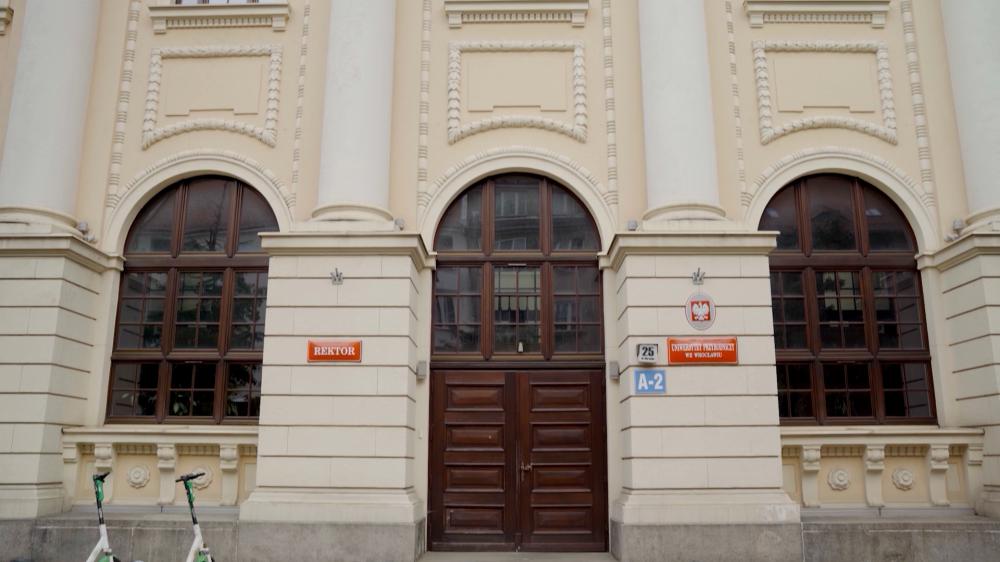

Museum of the Wrocław University of Environmental and Life Sciences
Museum of the Wrocław University of Environmental and Life Sciences
The museum, opened in 2017, presents 670 photos and photograms and 360 exhibits, showing the history of the university in 27 cabinets and 19 showcases, complemented by interactive touchscreen monitors. Visitors can take a virtual walk through the museum on monitors and a website, available in 6 languages, which allows them to explore the content of the showcases. Exhibition materials are accompanied by documents on the history of Lviv universities and Schlesische Friedrich-Wilhelms-Universität zu Breslau, as well as the fate of the university in Breslau after the war. The exhibition also covers the history of the predecessors of the University of Life Sciences, presenting, among other things, the successive stages of the university's development, the terms of rectors, student activities, and exhibits of research apparatus and historical models.
ul. Norwida 25
50-375 Wrocław
E-mail: tadeusz.szulc@upwr.edu.pl, muzeum@upwr.edu.pl
Phone: 71 32 05 299, 601 71 66 15


Museum of Wrocław University of Technology
Museum of Wrocław University of Technology
The Breslau University of Technology Museum is a unique place on the map of the city's museums, displaying nearly 4,000 technical and social exhibits. The collection encompasses the heritage of the Lviv Polytechnic, the pre-war Breslau Technische Hochschule and the Breslau University of Technology, including unique objects such as a US Army mobile field X-ray set from 1943. The museum documents the university's roots and its contribution to science and technology. It will soon undergo a transformation, creating a modern permanent exhibition that will bring the rich history and unique exhibits to life.
Wybrzeże Stanisława Wyspiańskiego 27
50-370 Wrocław
E-mail: muzeum.pwr@pwr.edu.pl
Phone: 71 320 33 20
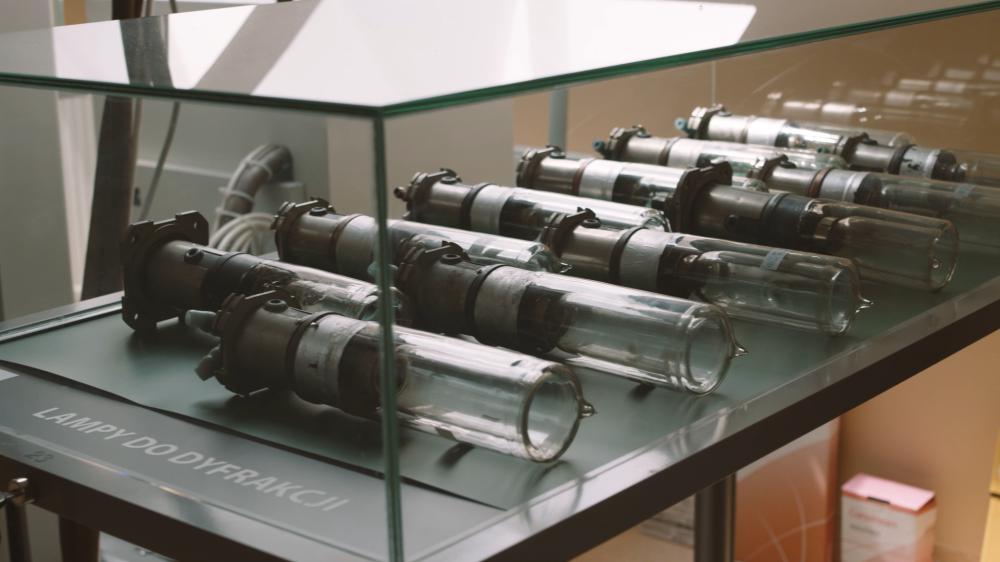

Museum of X-ray tubes of the Opole University of Technology
Museum of X-ray tubes of the Opole University of Technology
The X-ray Tube Museum of the Opole University of Technology, the only such collection in the world, was opened on November 8, 2011, on the occasion of the 45th anniversary of the university and the anniversary of Wilhelm Röntgen's discovery of X-rays, and the collection began as early as 2005 as a private initiative of Dr. Grzegorz Jezierski, Eng. The exhibition includes a variety of X-ray tubes and equipment - from medical, industrial, diffraction and fluorescence equipment to accessories and artistic X-ray photographs. The collection, arranged in three halls with a total area of more than 200 sq. m., includes more than 1,000 unique exhibits from the donations of 442 donors, including 159 from abroad. The museum, located on the 2nd campus of the Opole University of Technology, provides valuable educational support for students, secondary and post-secondary school students, and actively participates in periodic events such as Museum Night and World Radiology Day.
76 Prószkowska St., building V, floor III
45-758 Opole
E-mail: g.jezierski@po.opole.pl
Phone: (77) 449 86 40
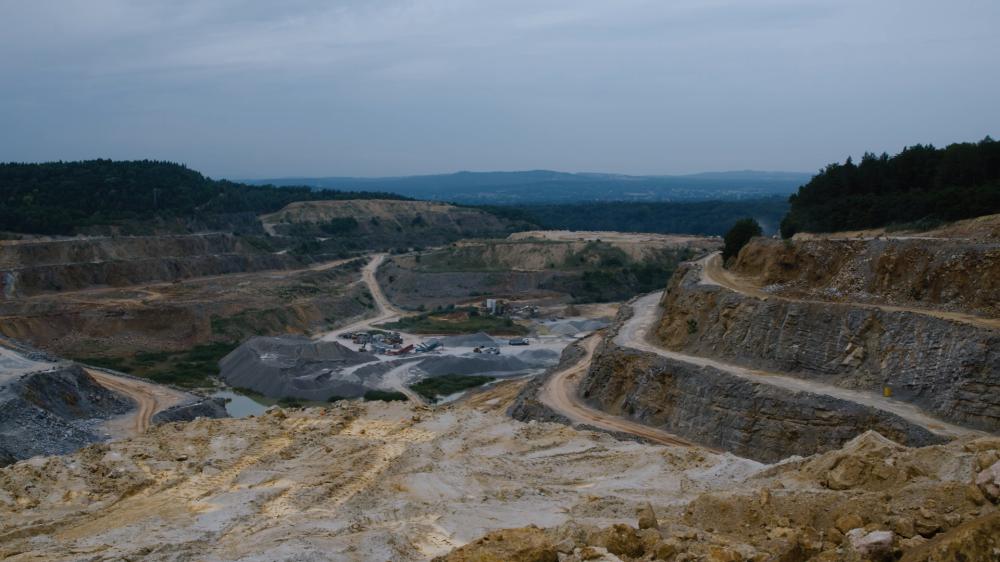

Natural History Museum of the Institute of Systematics and Evolution of Animals, Polish Academy of Sciences, Kraków - Research Site at the Czatkowice Limestone Mine
Natural History Museum of the Institute of Systematics and Evolution of Animals, Polish Academy of Sciences, Kraków - Research Site at the Czatkowice Limestone Mine
The Institute of Systematics and Evolution of Animals of the Polish Academy of Sciences (PAN) in Kraków conducts research, among other things. at the Chatkowice Mine, where material from the Callovian period, dating to the Middle Jurassic, is found. Among the subjects of the study are. ammonites, belemnites, snails and bivalves, as well as rare fossils such as shark teeth and crab pincers. The most fascinating specimens, such as large ammonites, will be exhibited at the Natural History Museum of the Institute of Systematics and Evolution of Animals of the Polish Academy of Sciences in Kraków, which, thanks to Tauron's generosity, can make these unique finds available to the general public. I invite you to discover the secrets of this fascinating era!
ul. Św. Sebastian 9
31-049 Kraków
E-mail: office@isez.pan.krakow.pl
Phone: 12 422 89 37, 422 59 59


Natural History Museum of the University of Łódź
Natural History Museum of the University of Łódź
The Natural History Museum of the University of Łódź is one of the oldest museums in Łódź, under the Department of Biology and Environmental Protection. It offers rich entomological, ornithological, invertebrate and osteological collections, including exhibits from as far back as the turn of the 20th century. The museum serves a teaching function, organizing educational activities for students and schoolchildren, as well as a research function. Visitors are invited to visit permanent and temporary exhibitions that reveal the fascinating mysteries of nature.
Jana Kilińskiego 101 Street
90-011 Lodz
E-mail: muzeum@biol.uni.lodz.pl
Phone: 42 665 54 89
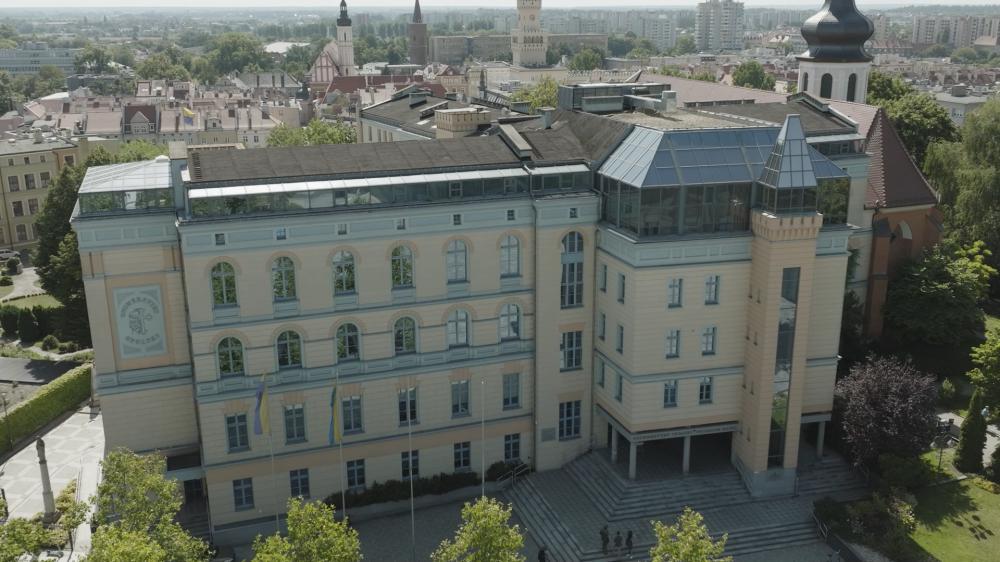

Opole University Museum
Opole University Museum
The University of Opole Museum began operations in March 2014, initiated by then-rector Prof. Stanislaw Slawomir Niciej, as part of the 20th anniversary of the university, which was formed from the merger of the Higher School of Pedagogy in Opole and the Faculty of Theology of the Catholic University of Lublin. The museum's mission is to preserve monuments and documents testifying to the history of the university and to promote knowledge in selected fields of science, culture and art through exhibitions, meetings and lectures. The museum's holdings include rector's insignia, medals, works of art from the 17th to the 20th centuries and archives related to the university's activities. Permanent exhibitions, such as "Alma Mater Opoliensis 1994-2014" and "Paleontological Treasures of the Opole Region," are housed in the historic building of the Collegium Maius, which also includes St. Adalbert's Chapel dating back to the 10th century.
pl. M. Kopernika 11
45-084 Opole
E-mail: muzeumuo@uni.opole.pl
Phone: 77 541 59 50
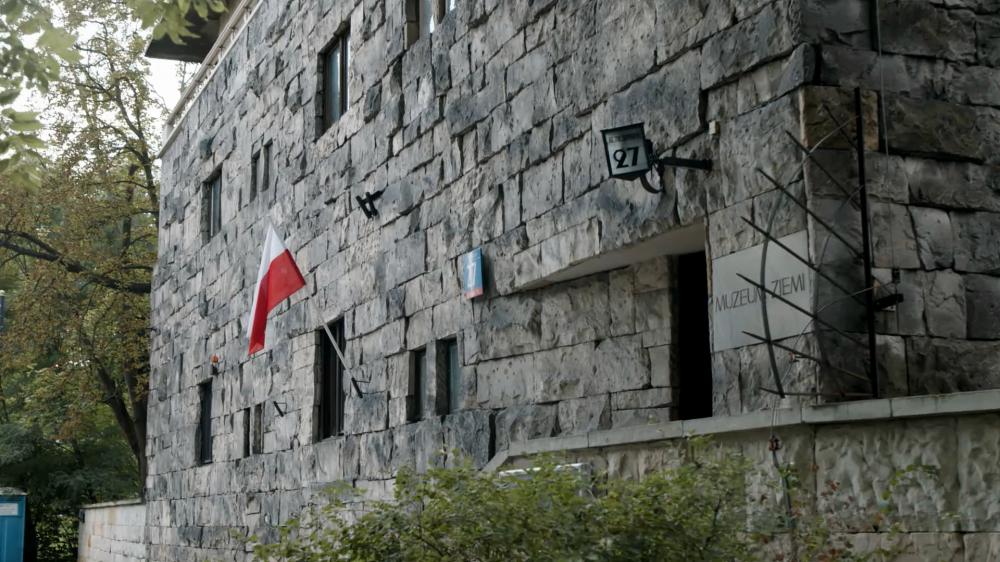

Polish Academy of Sciences Museum of the Earth in Warsaw p.II
Polish Academy of Sciences Museum of the Earth in Warsaw p.II
The Earth Museum is a place that connects people, collections, research and education, emphasizing the role of science popularization for the future of museology and knowledge about our planet. Rich collections, such as one of the largest amber collections in Poland and an impressive collection of meteorites, provide knowledge about the Earth's past and help understand the planet's geological future. The museum also engages in interdisciplinary projects, such as art collections that interpret nature, such as Nicolas Groper's work in the Lapis Mundi exhibition.
Aleja Na Skarpie 20/26, 27
00-488 Warszawa
E-mail: sekretariat@mz.pan.pl
Phone: +48 22 629 74 79 wew. 209
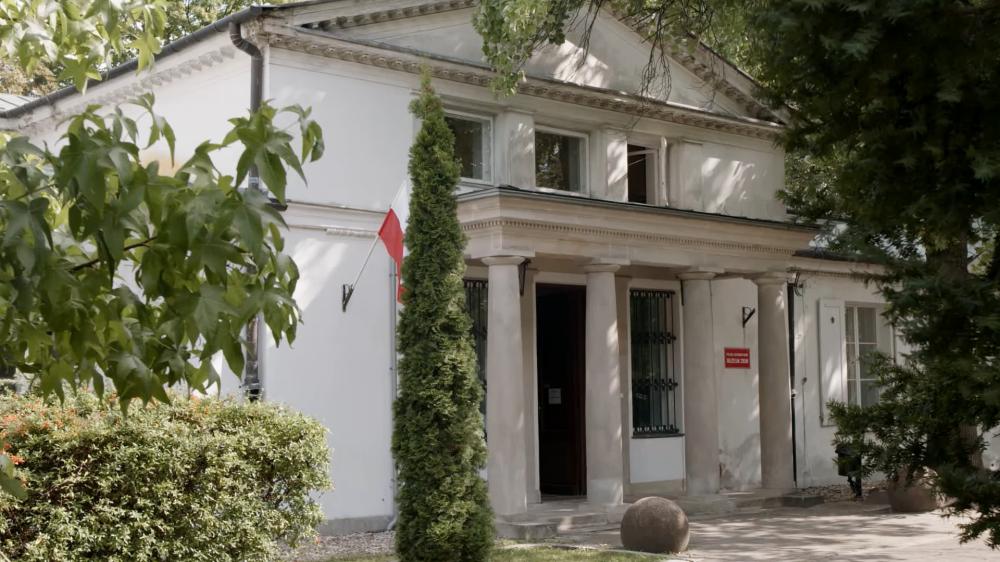

Polish Academy of Sciences Museum of the Earth in Warsawa p.I
Polish Academy of Sciences Museum of the Earth in Warsawa p.I
The Museum of the Earth is a unique place that explores man's relationship with our planet, showcasing its natural and geological heritage. Established in 1932 on the initiative of the Earth Museum Society, and developed under the care of the Polish Academy of Sciences since 1948, it combines research and scientific activities with education. The museum, located on the Warsaw Escarpment, conducts interdisciplinary research, such as human influence on geological processes within the Anthropocene collection. It is a place that connects the history of the planet with human history, inspiring a deeper understanding of our role in Earth's history.
Aleja Na Skarpie 20/26, 27
00-488 Warszawa
E-mail: sekretariat@mz.pan.pl
Phone: +48 22 629 74 79 wew. 209
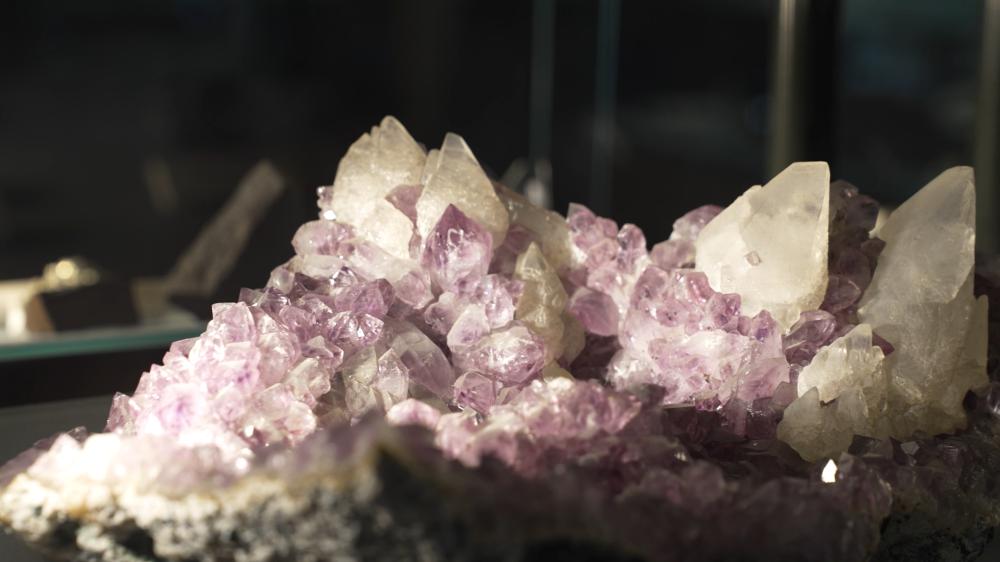

Stanisław Jozef Thugutt Geological Museum, Faculty of Geology, University of Warszawa
Stanisław Jozef Thugutt Geological Museum, Faculty of Geology, University of Warszawa
The Stanislaw Jozef Thugutt Geological Museum at the University of Warszawa's Department of Geology houses unique collections of minerals, fossils and rocks, as well as meteorites. Although it originally served students, today it is open to everyone, popularizing geological sciences. The collection also includes exhibits dating back to the 19th century, playing an important role in scientific research. Come visit the museum and discover the fascinating world of geology!
ul. Żwirki i Wigury 93
02-089 Warsaw
E-mail: muzeum.geol@uw.edu.pl
Phone: 22 554 03 36, 22 554 00 25
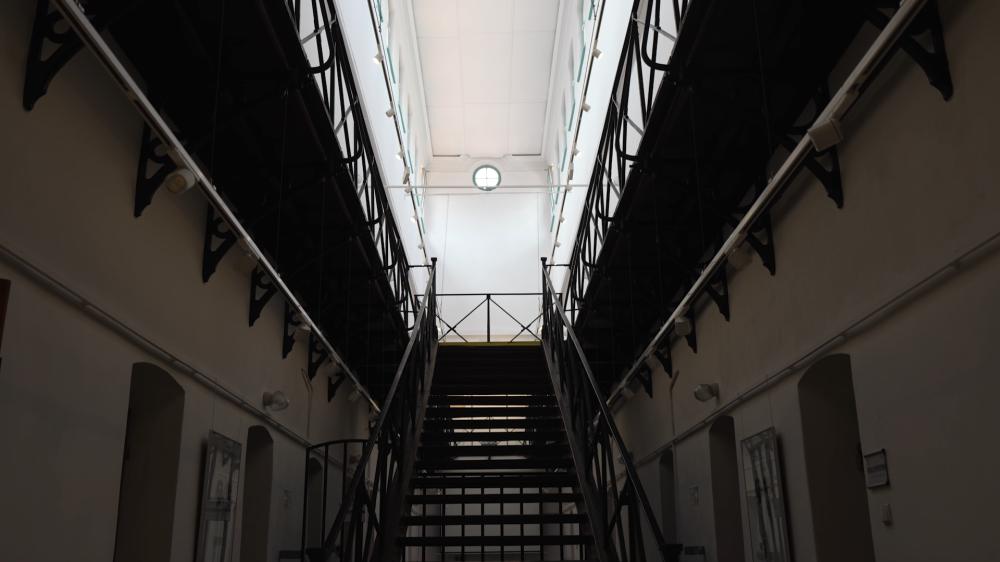

Tadeusz Kościuszko Museum of Kraków University of Technology
Tadeusz Kościuszko Museum of Kraków University of Technology
The Kraków University of Technology Museum is located in the historic 19th-century building of the former barracks of Archduke Rudolf. Here we present the history of the university, archival documents, scientific instruments and memorabilia related to students and lecturers. A special place is given to the figure of Tadeusz Kościuszko as an engineer and visionary. We invite you to visit our museum and discover the fascinating history of the Kraków University of Technology!
ul. Warszawska 24
31-155 Kraków
E-mail: muzeum@pk.edu.pl
Phone: 12 628 21 20
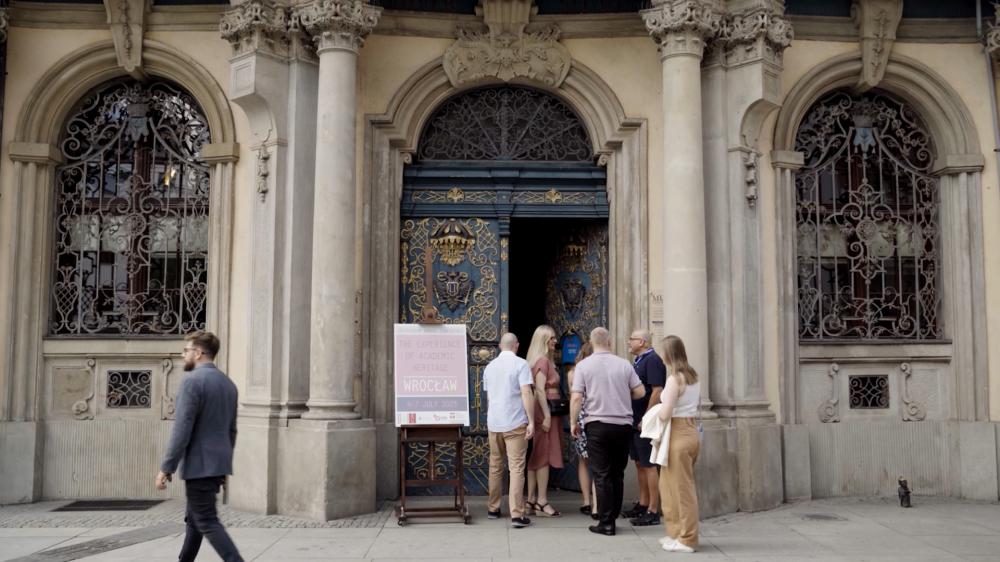

THE EXPERIENCE OF ACADEMIC HERITAGE - an international scientific conference of the Association of Academic Museums and UNIVERSEUM European Academic Heritage Network
THE EXPERIENCE OF ACADEMIC HERITAGE - an international scientific conference of the Association of Academic Museums and UNIVERSEUM European Academic Heritage Network
The University of Wrocław Museum hosted a unique event - an international convention of university museum professionals, organized July 4-7 in cooperation with the Association of University Museums and UNIVERSEUM European Academic Heritage Network. The meeting aimed to consolidate the museum community, exchange experiences and promote the preservation of academic heritage. Challenges such as the lack of inventory of many university collections, the need to digitize and protect collections from threats were key topics of discussion. The need to raise awareness that university collections often outnumber the holdings of national and municipal museums was also emphasized. The meeting had a special international dimension, addressing global issues such as the impact of armed conflicts and natural disasters on academic heritage. Thanks to the commitment of the organizers and participants, the event contributed to building a stronger network of cooperation aimed at preserving and promoting the unique collections of universities around the world.
ul. Krakowskie Przedmieście 32
00-927 Warszawa
E-mail: muzeauczelniane@uw.edu.pl
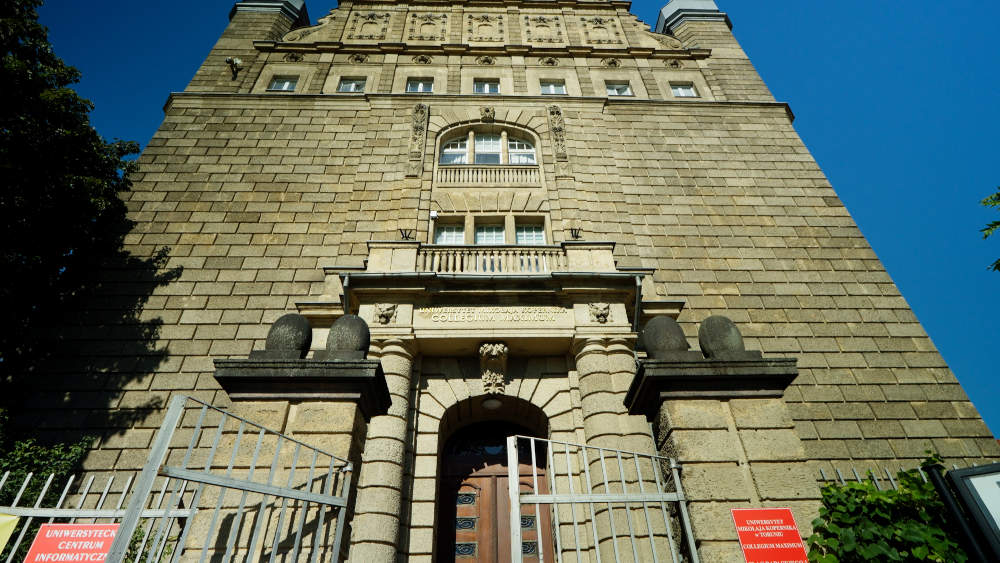

University Museum in Torun
University Museum in Torun
The University Museum in Torun was established in 2005 and is housed in the historic 1906 building of the Collegium Maximum. The museum has focused on acquiring gifts from Friends of the University from around the world - including valuable collections of artwork, sculptures and archival materials. In addition to the Hall of Rectors, with portraits and insignia of the university's authorities, the museum displays, among other things, Polish art in exile.
Rapacki Square 1
87-100 Torun
E-mail: muzeum@bu.umk.pl
Phone: 56 611 27 00
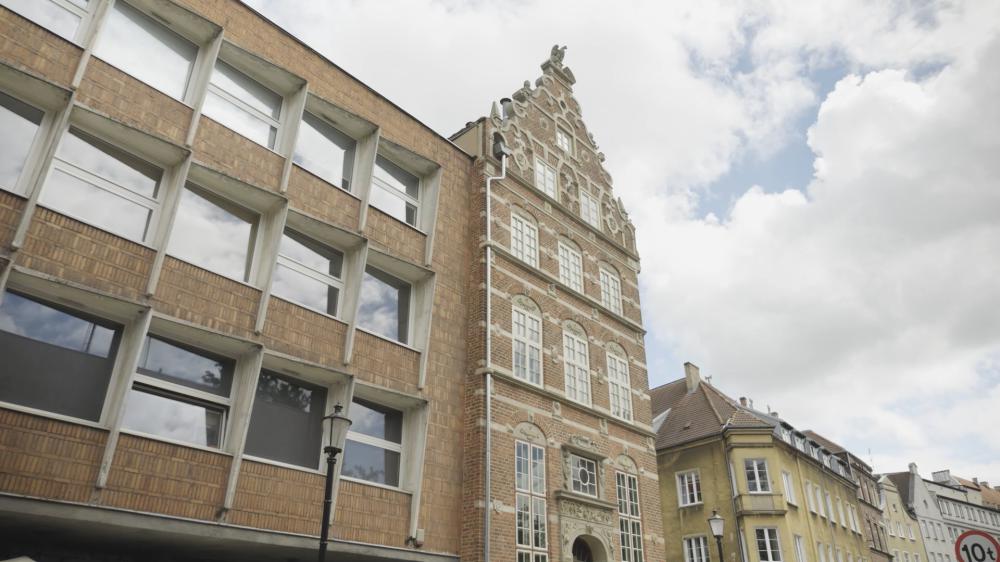

University of Gdańsk Museum
University of Gdańsk Museum
The University of Gdańsk, the largest university in Pomerania, was established in 1970 from the merger of the Higher School of Economics in Sopot and the Higher School of Pedagogy in Gdansk, whose origins date back to 1945-1946. The Museum of the University of Gdańsk (MUG) collects, develops and makes available the university's heritage and the history of science, promoting the university's role in the cultural, scientific and political life of the region. In 2024, the MUG's permanent exhibition opened in the building on ul. Bielanska 5, and there are numerous temporary exhibitions, workshops, lectures and promotional events. The MUG also conducts documentation and research work on the history of the university and cooperates with other cultural institutions within the "RadUNIA Kultury" network, strengthening the cultural offer of the Old Town in Gdańsk.
Bielanska 5 Street
80-851 Gdańsk
E-mail: muzeum@ug.edu.pl
Phone: 58 523 37 55, 58 523 37 65
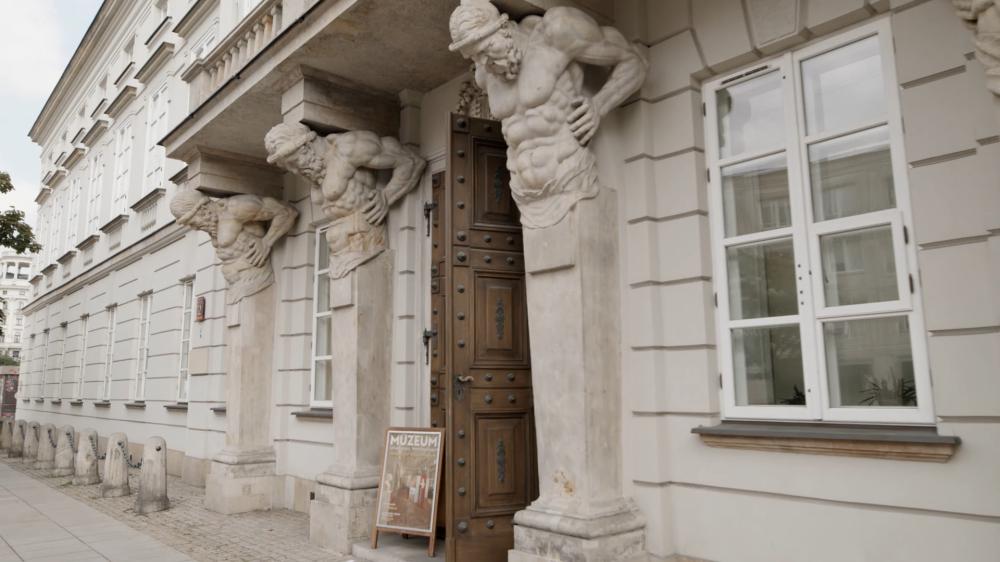

University of Warsaw Museum
University of Warsaw Museum
The University of Warsaw Museum was established in 1980 and functions as an independent university unit. The Museum is based in the historic Tyszkiewicz-Potocki Palace at 32 Krakowskie Przedmieście St. The Museum has tens of thousands of musealia. Twentieth-century antiquities dominate, and a sizable part of the collection consists of photographs. The most valuable museumalia include, among others, plaster busts from the plaster pattern cabinet from the 19th century, insignia and ceremonial robes from the 20th century, old indexes and diplomas and seal presses used between 1817 and 1823. The museum has several exhibition spaces. In the former Dining Hall on the second floor of the Tyszkiewicz-Potocki palace, a permanent exhibition titled "The Eagle and the Five Stars of the University" is presented. "The Eagle and the Five Stars of the University" dedicated to the origins of the university, the professorial staff, scientific offices and art collections. The museum also benefits from displaying temporary board exhibitions in the lobby of the former University Library, located in the heart of the historic campus. Temporary exhibitions of a popular science nature are also presented on Krakowskie Przedmieście, in front of the main entrance to the UW Museum.
Tyszkiewicz-Potocki Palace
Krakowskie Przedmieście 32
00-927 Warszawa
E-mail: muw@adm.uw.edu.pl
Phone: 22 552 01 07
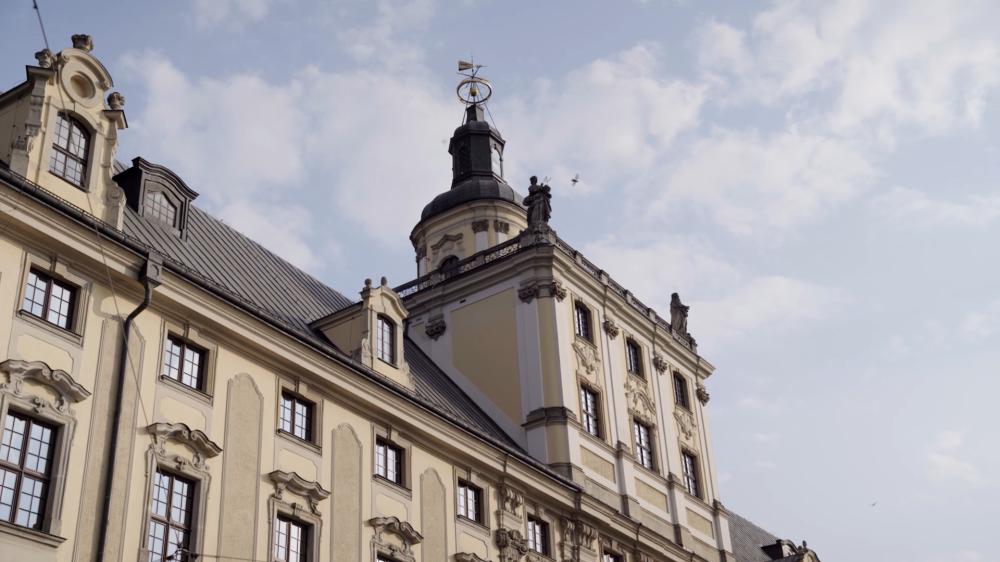

University of Wrocław Museum p.I
University of Wrocław Museum p.I
Housed in the baroque 1702 building of the former Leopoldina Academy, the Wroclaw University Museum showcases the university's rich history and its Austrian-German and Polish-Lithuanian heritage. Highlights include the Leopoldina Hall, the Oratorium Marianum, and the Mathematical Tower with its observation deck and original astronomical instrument from 1791. Permanent exhibitions showcase relics such as rector's scepters and scientific instruments, while the Stefan Banach Hall recalls the traditions of the Lviv School of Mathematics. The museum combines history, art and science, emphasizing the identity of Wrocław University.
pl. Uniwersytecki 1
50-137 Wrocław
E-mail: muzeum@uwr.edu.pl
Phone: 71 375 26 18, 71 375 28 91
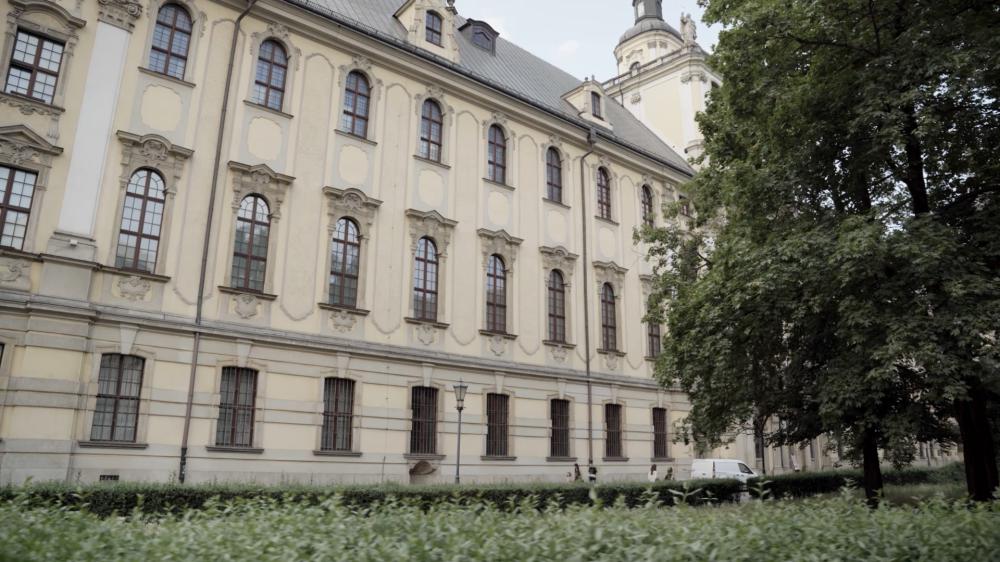

University of Wrocław Museum p.II
University of Wrocław Museum p.II
The collection of the Wrocław University Museum houses a unique collection dedicated to Professor Jan Mikulicz-Radecki, an outstanding surgeon and pioneer of modern surgery. Creator of surgical techniques and surgical instruments and an advocate of antisepsis, Mikulicz-Radecki ran clinics in Krakow and Wroclaw, contributing to the development of both medical schools. Among the memorabilia are personal items, such as a doctor's earpiece, an office plaque and school notebooks from his education in Chernivtsi. The collection reveals the origins of modern surgery and the life of a scientist who made a permanent mark on the history of medicine.
pl. Uniwersytecki 1
50-137 Wrocław
E-mail: muzeum@uwr.edu.pl
Phone: 71 375 26 18, 71 375 28 91
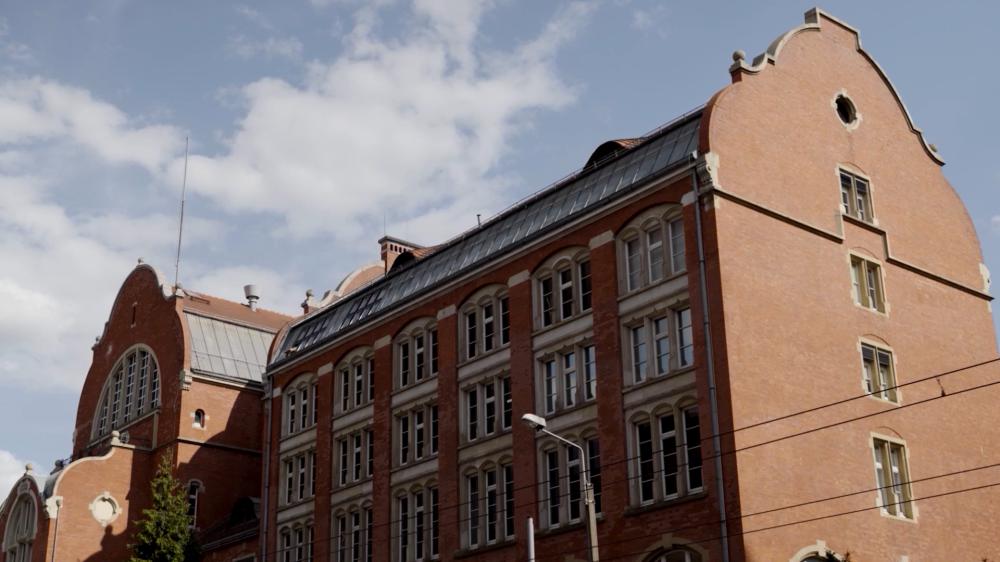

Władysław Rydzewski Natural History Museum of the University of Wrocław - part 1
Władysław Rydzewski Natural History Museum of the University of Wrocław - part 1
The Natural History Museum of the University of Wrocław plays a key role as a depository of the natural world, preserving 11,000 typical specimens of described species and valuable testimonies of extinct animals. The collection includes skeletons of, among others, a blue whale - the only such specimen in Poland, an aurochs, a migratory pigeon, a Tasmanian wolfhound or a giant deer with antlers spanning as much as 4.5 meters. The museum reminds us of the era of the great extinction, becoming a guardian of vanishing biodiversity and genetic heritage. It is a unique place to understand the beauty and fragility of our nature.
ul. Henryka Sienkiewicza 21
50-335 Wrocław
E-mail: mp@uwr.edu.pl
Phone: 71 375 41 45
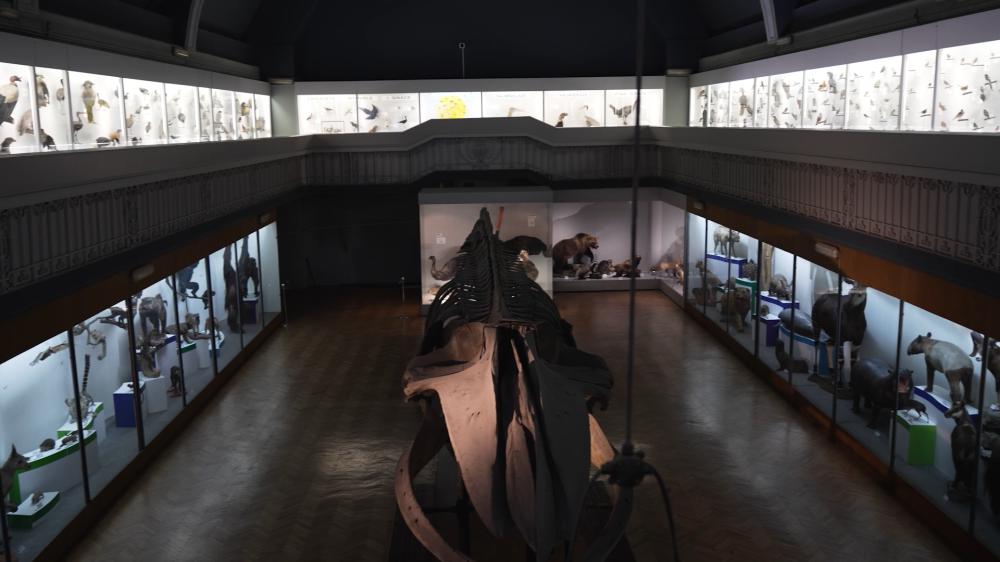

Władysław Rydzewski Natural History Museum of the University of Wrocław p.II
Władysław Rydzewski Natural History Museum of the University of Wrocław p.II
The Natural History Museum of the University of Wrocław plays a key role as a depository of the natural world, preserving 11,000 typical specimens of described species and valuable testimonies of extinct animals. The collection includes skeletons of, among others, a blue whale - the only such specimen in Poland, an aurochs, a migratory pigeon, a Tasmanian wolfhound or a giant deer with antlers spanning as much as 4.5 meters. The museum reminds us of the era of the great extinction, becoming a guardian of vanishing biodiversity and genetic heritage. It is a unique place to understand the beauty and fragility of our nature.
21 Henryka Sienkiewicza St.
50-335 Wrocław
E-mail: mp@uwr.edu.pl
Phone: 71 375 41 45